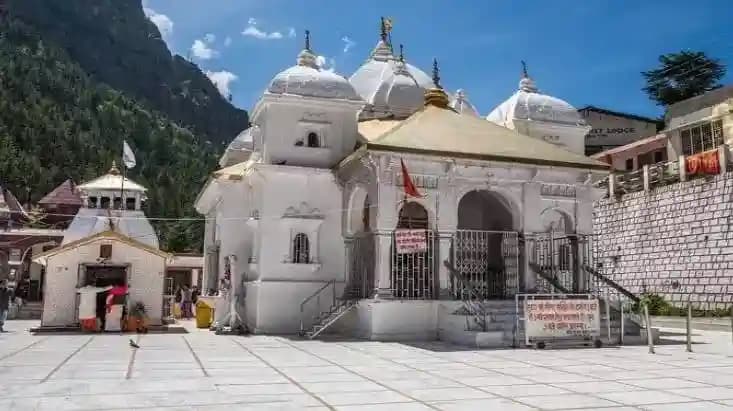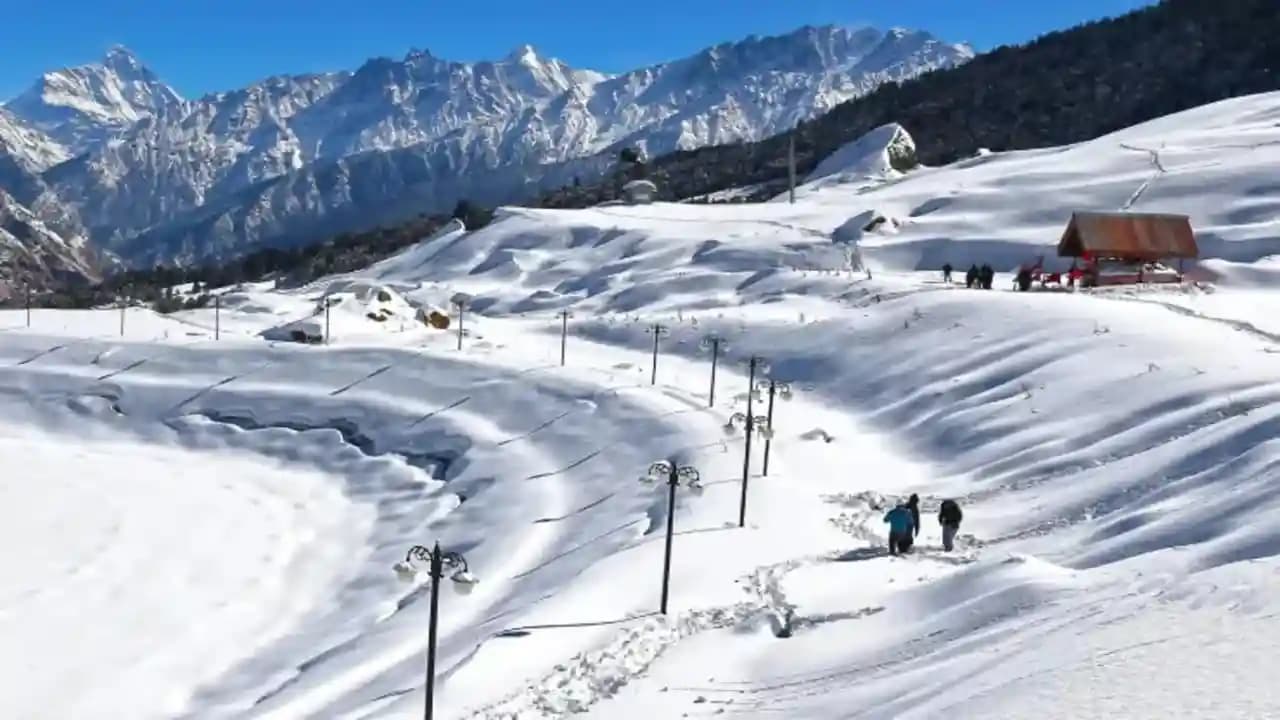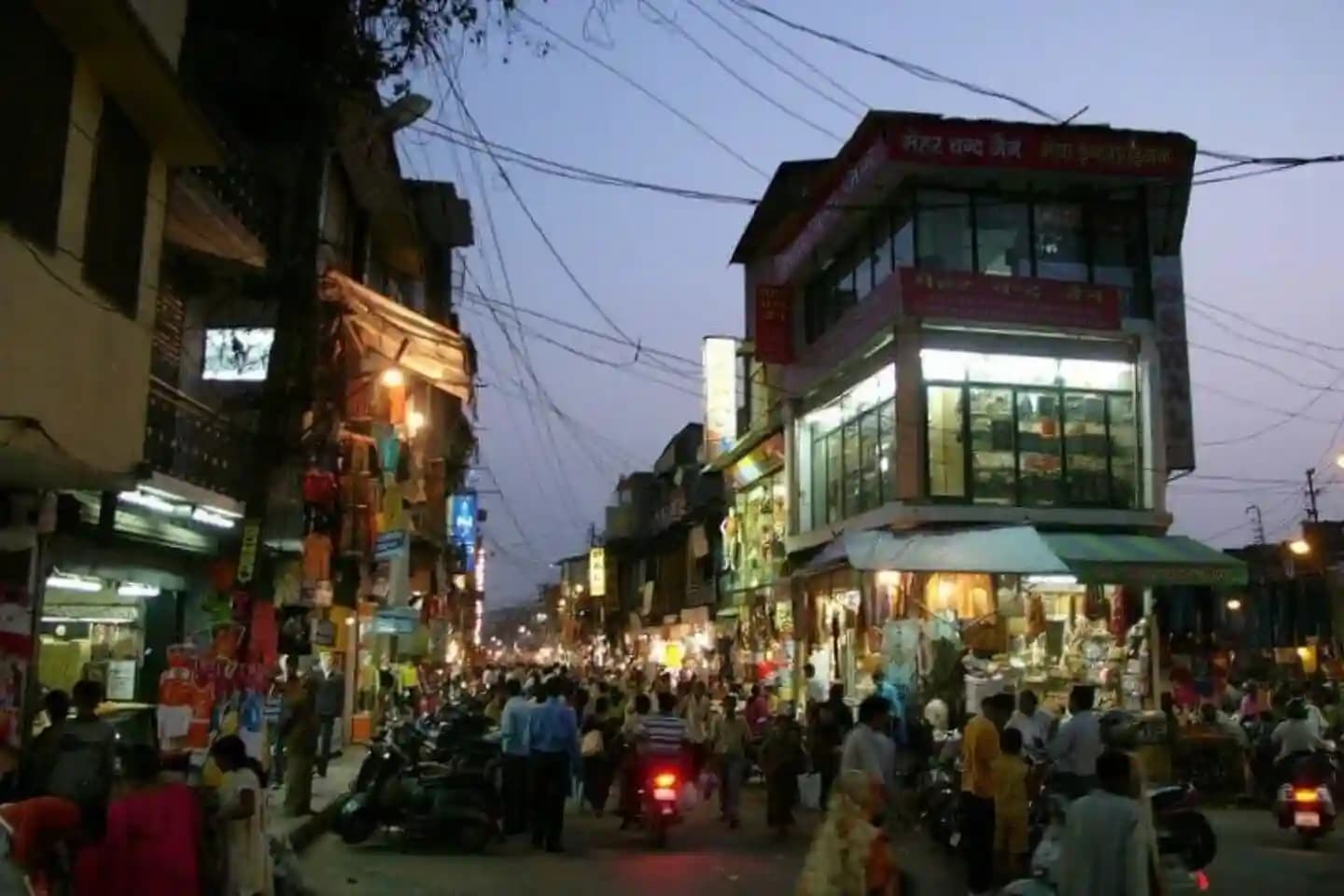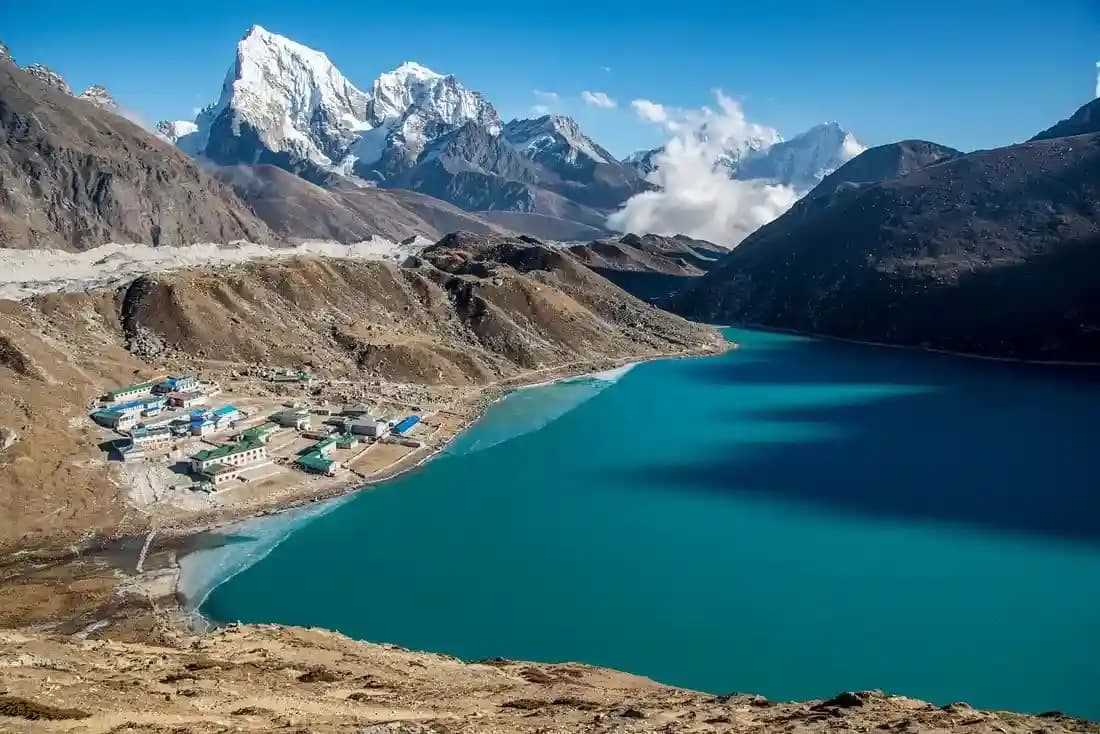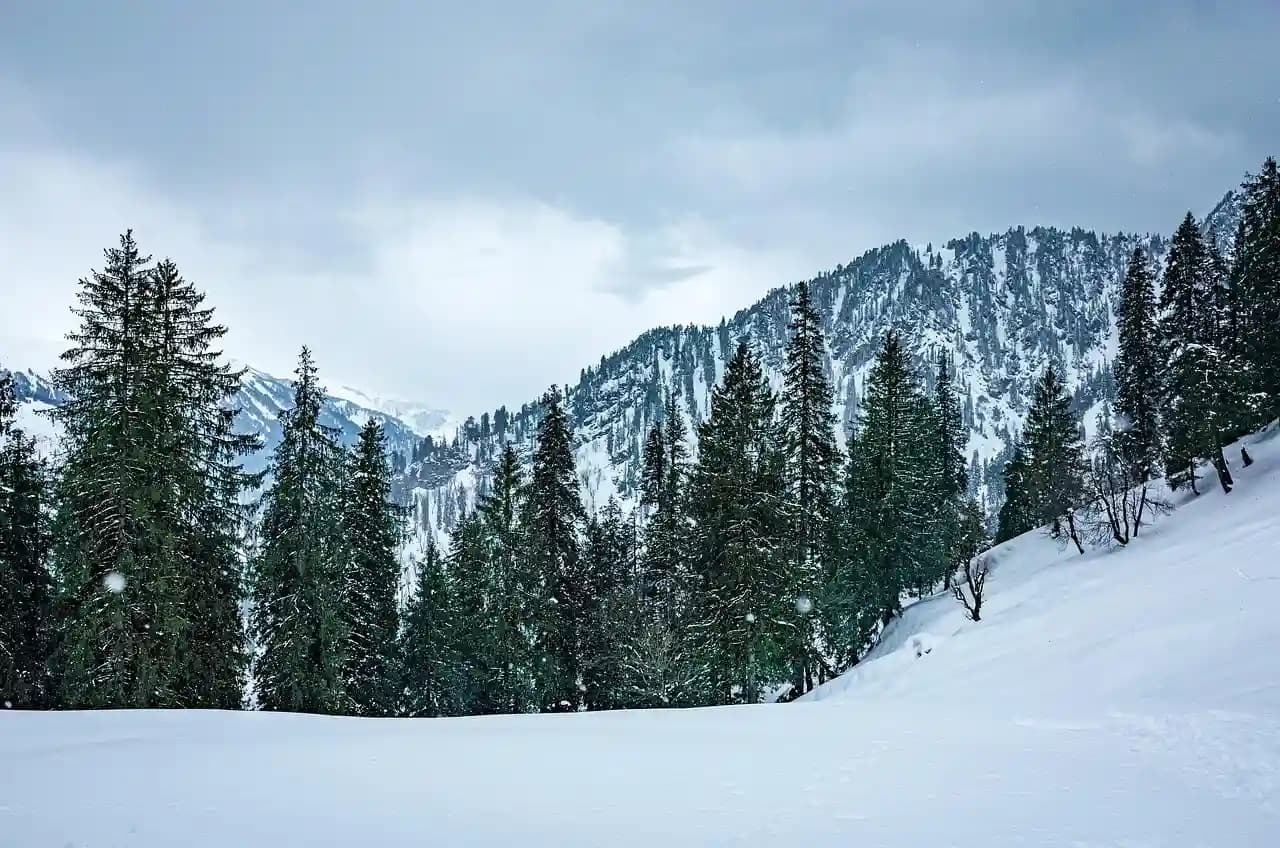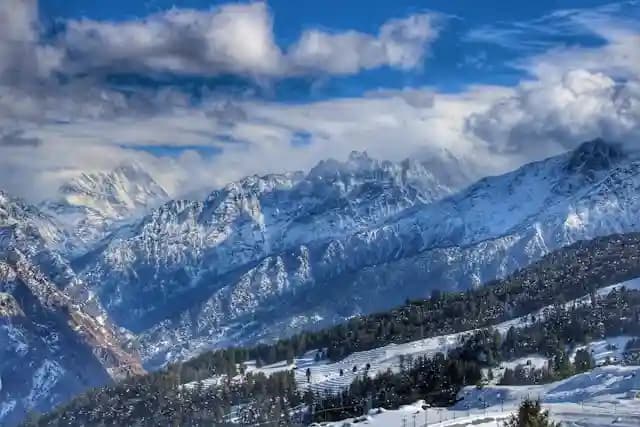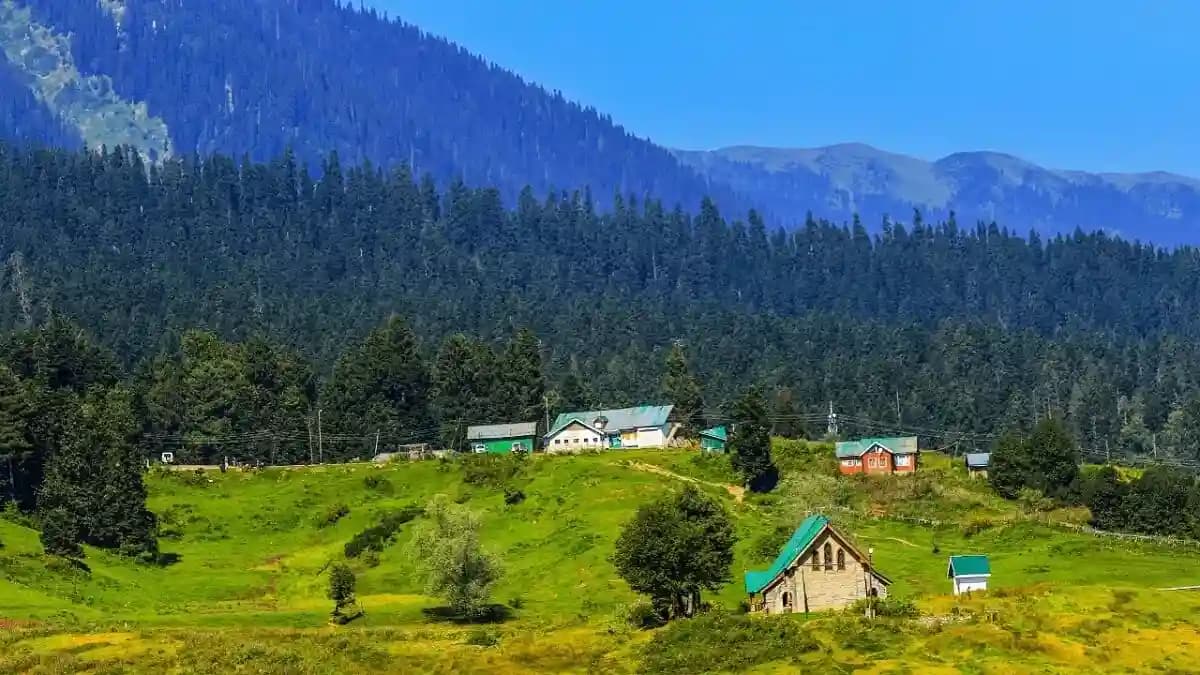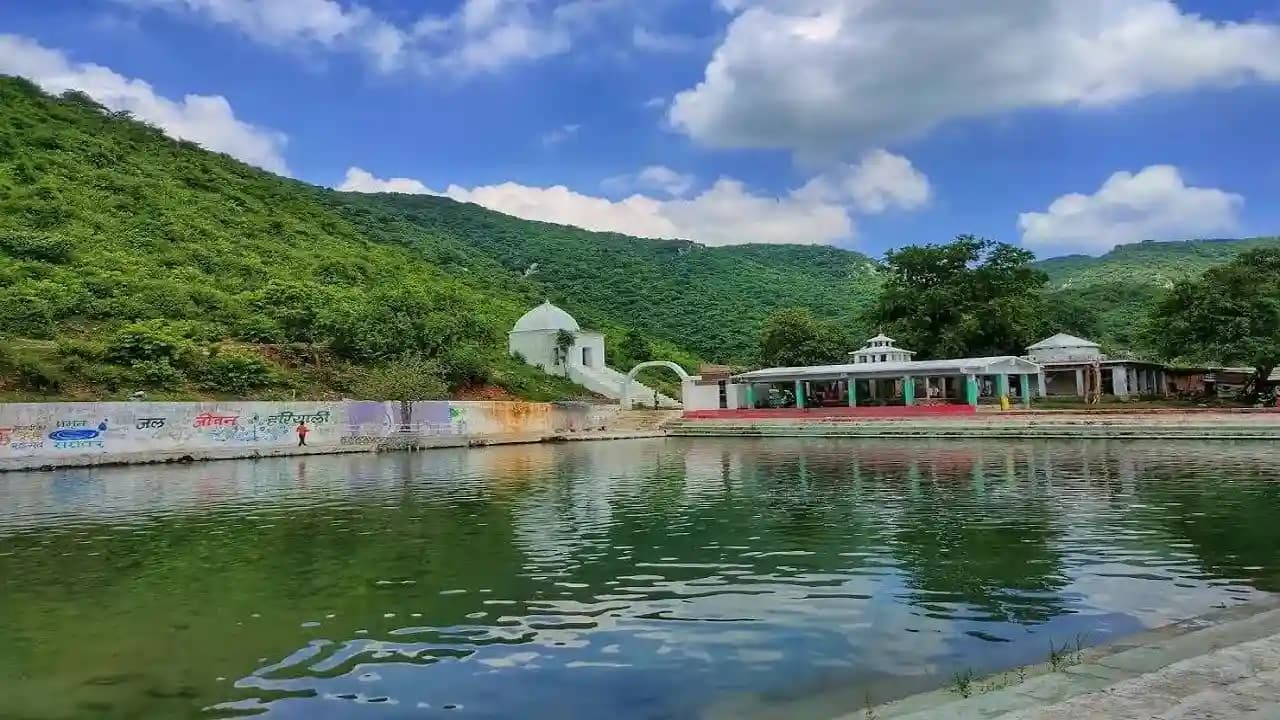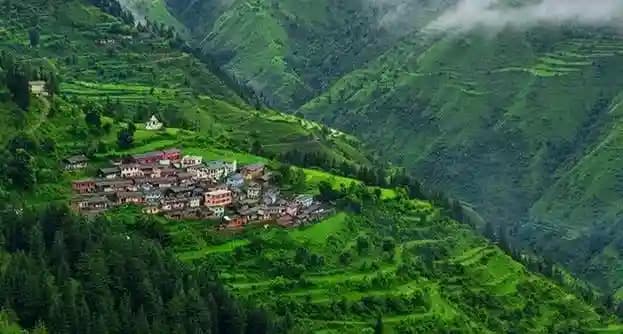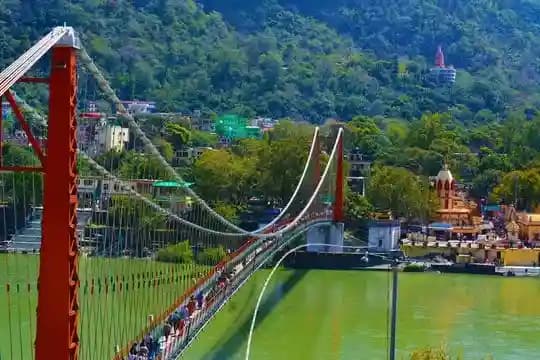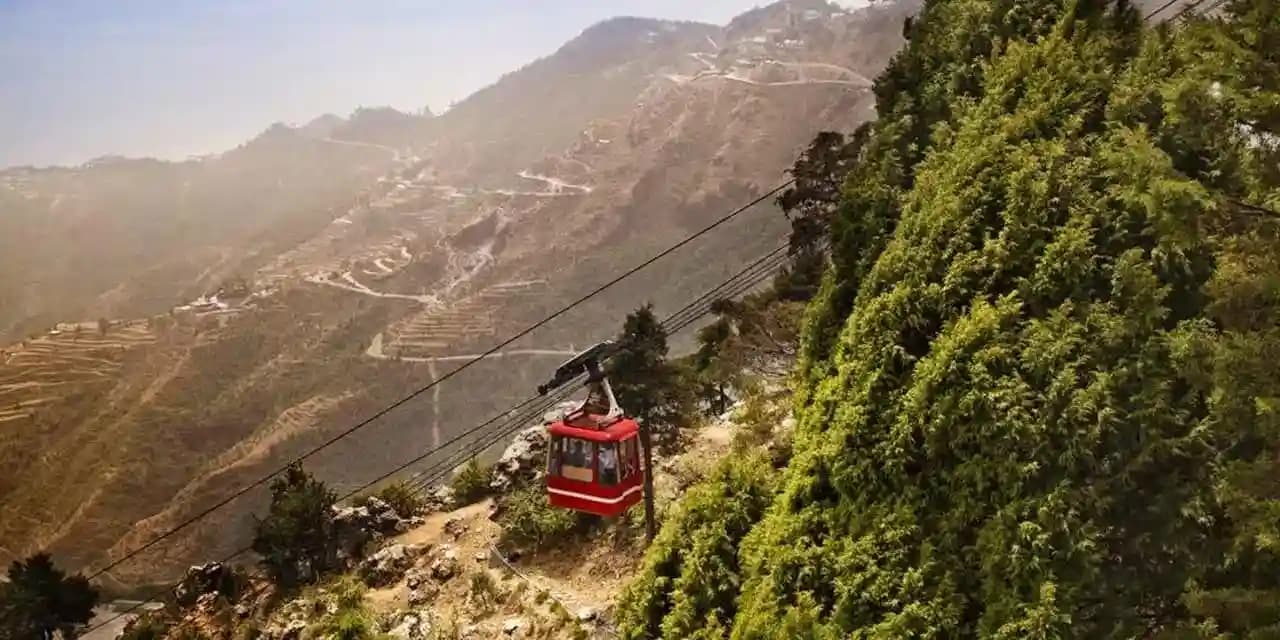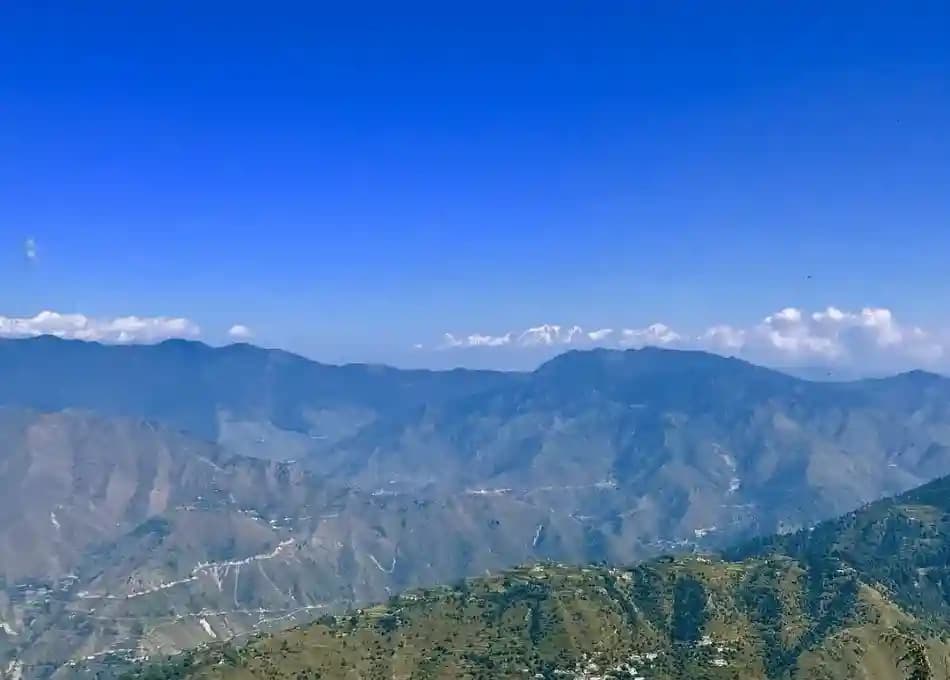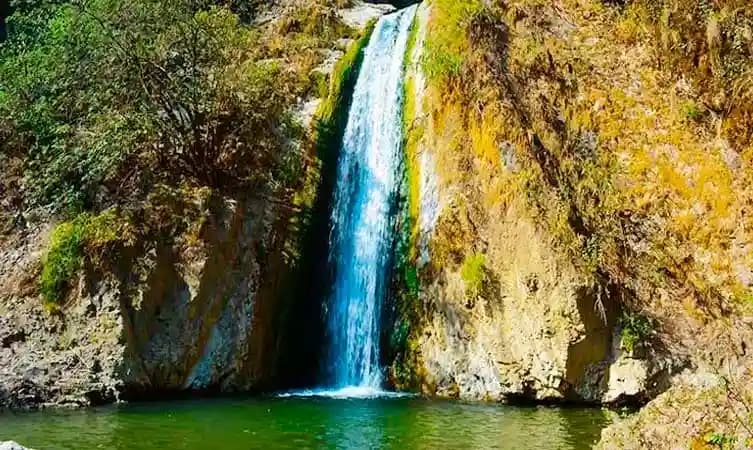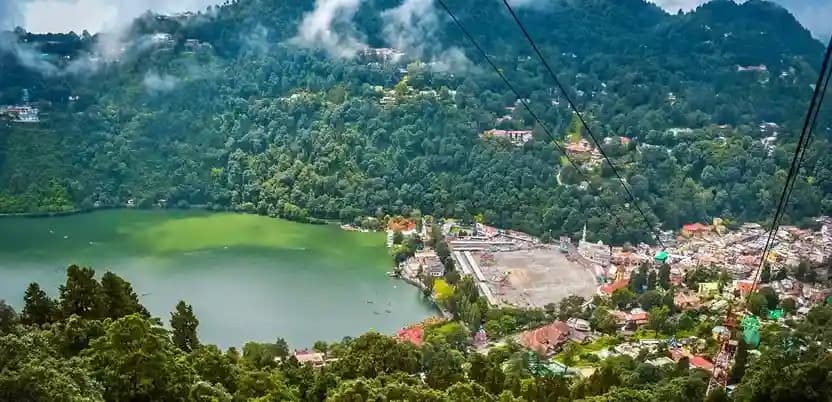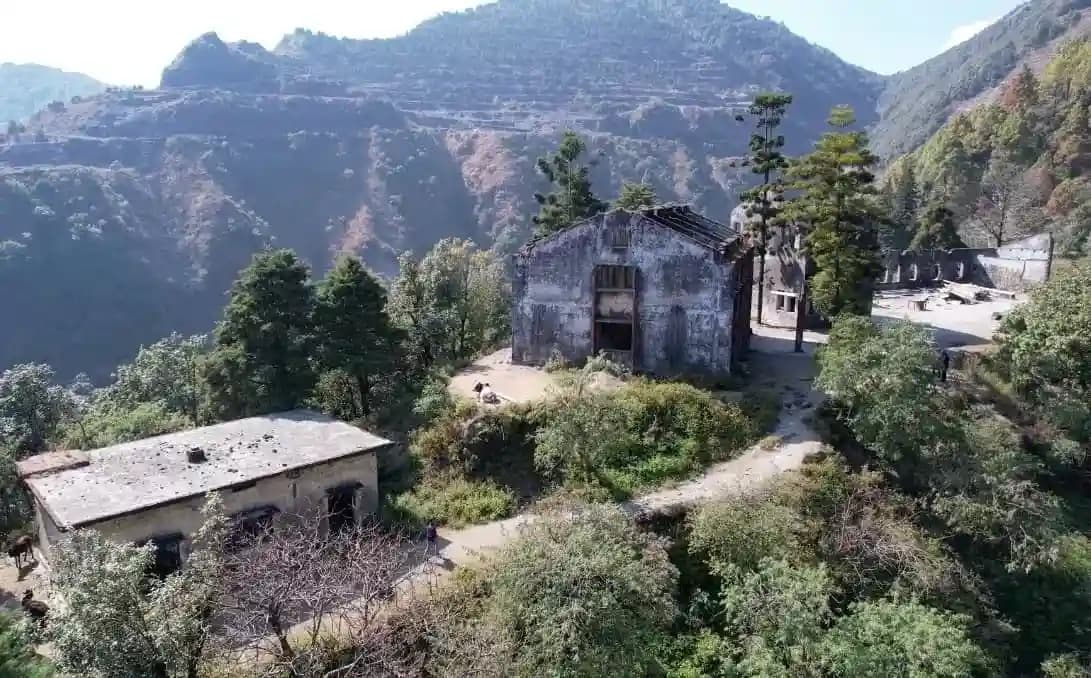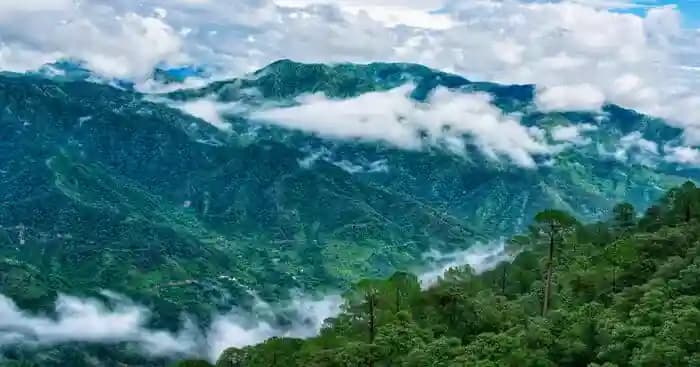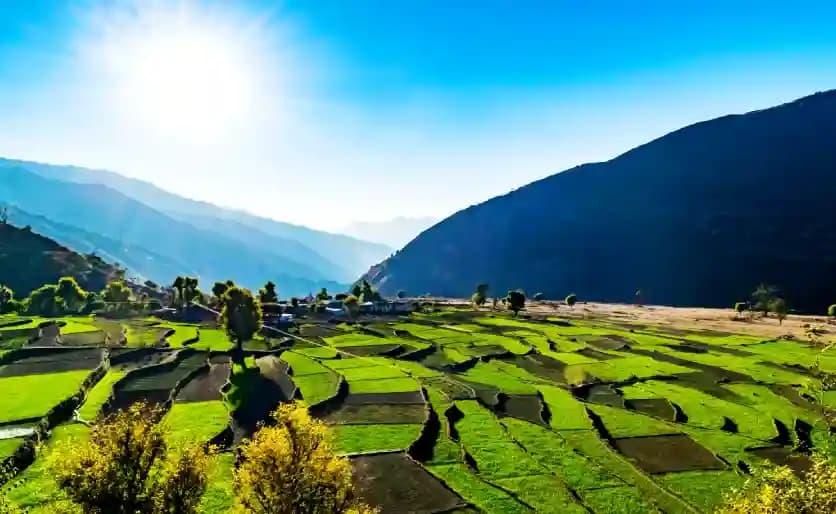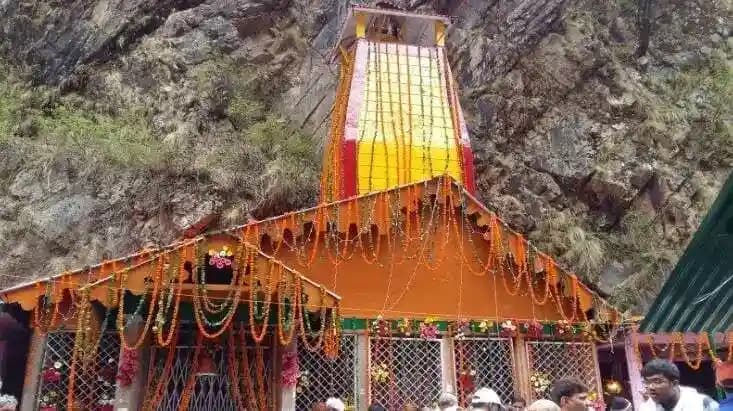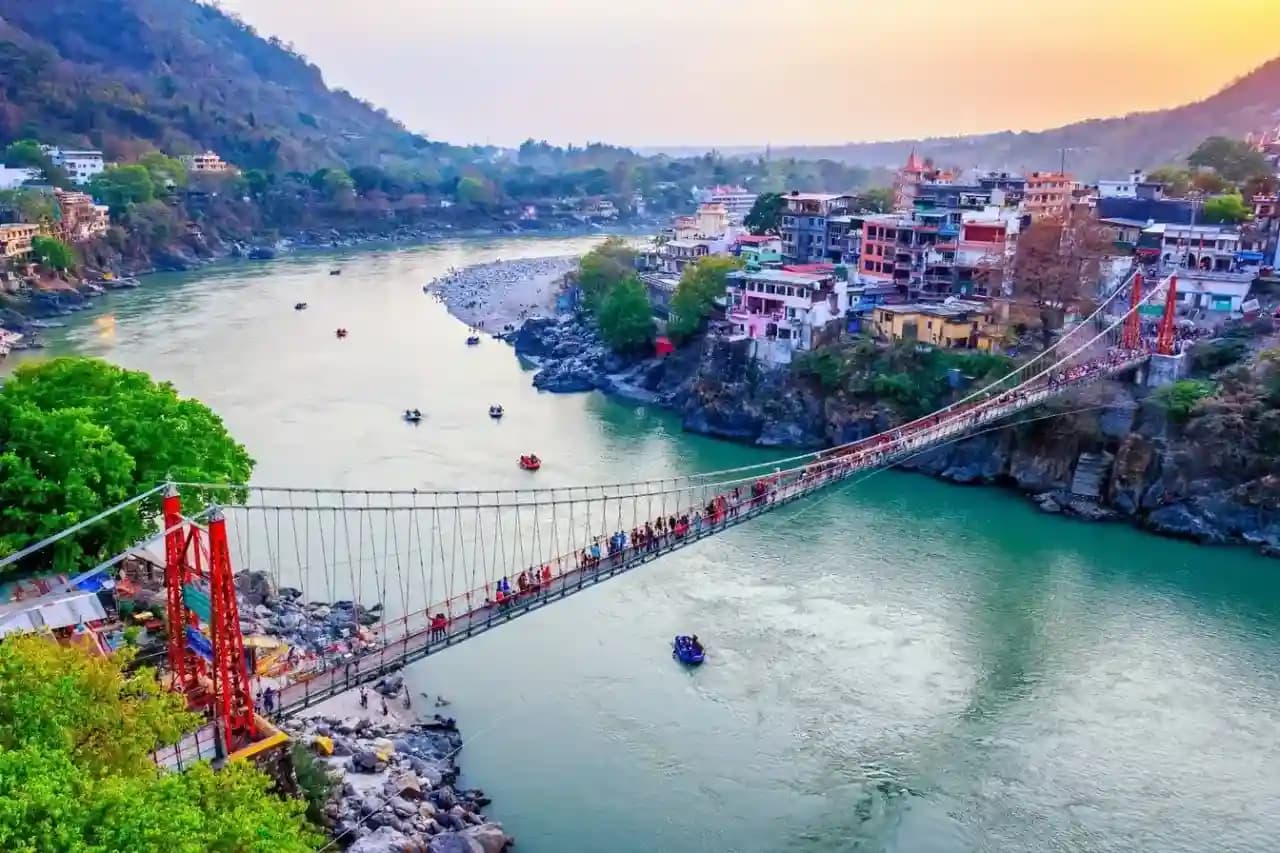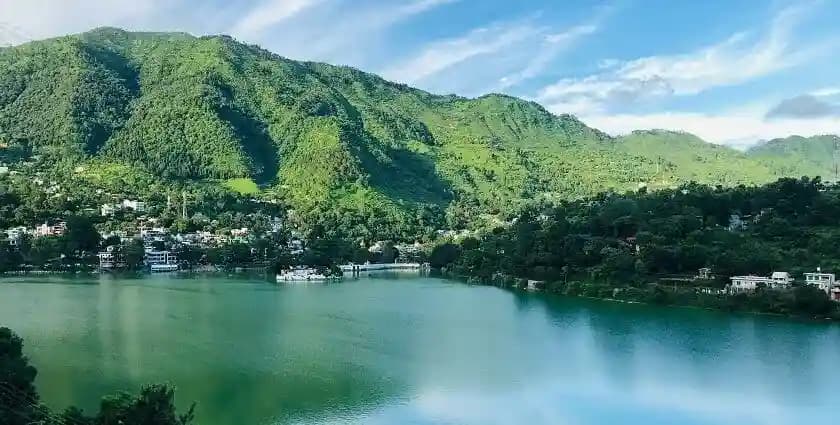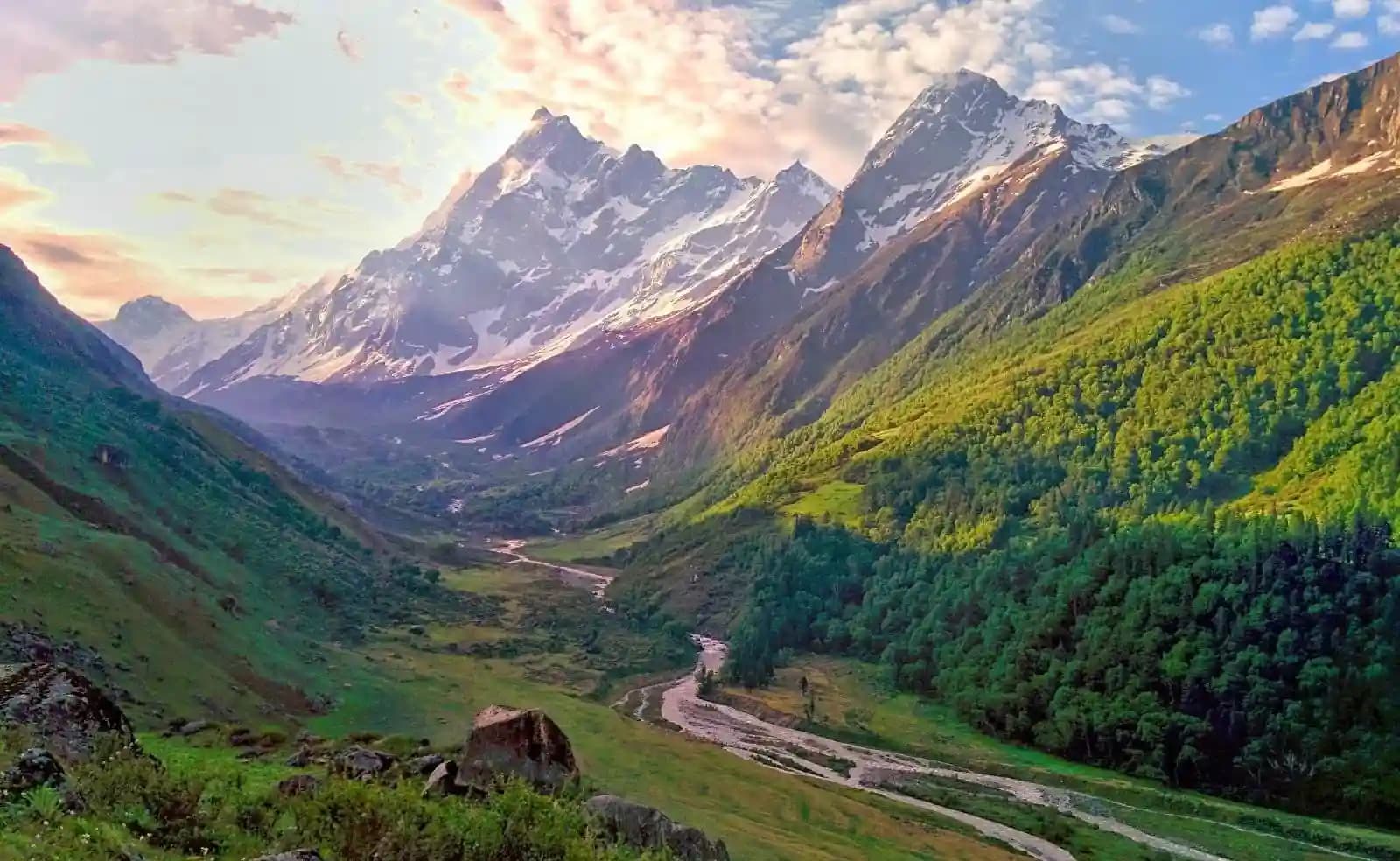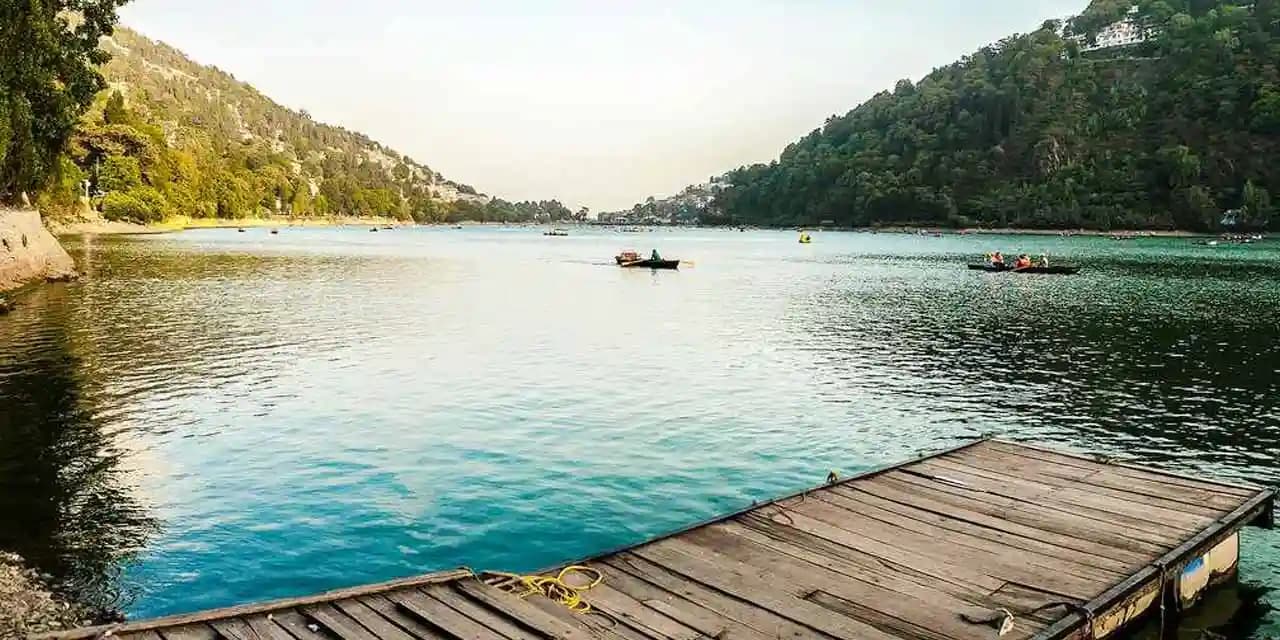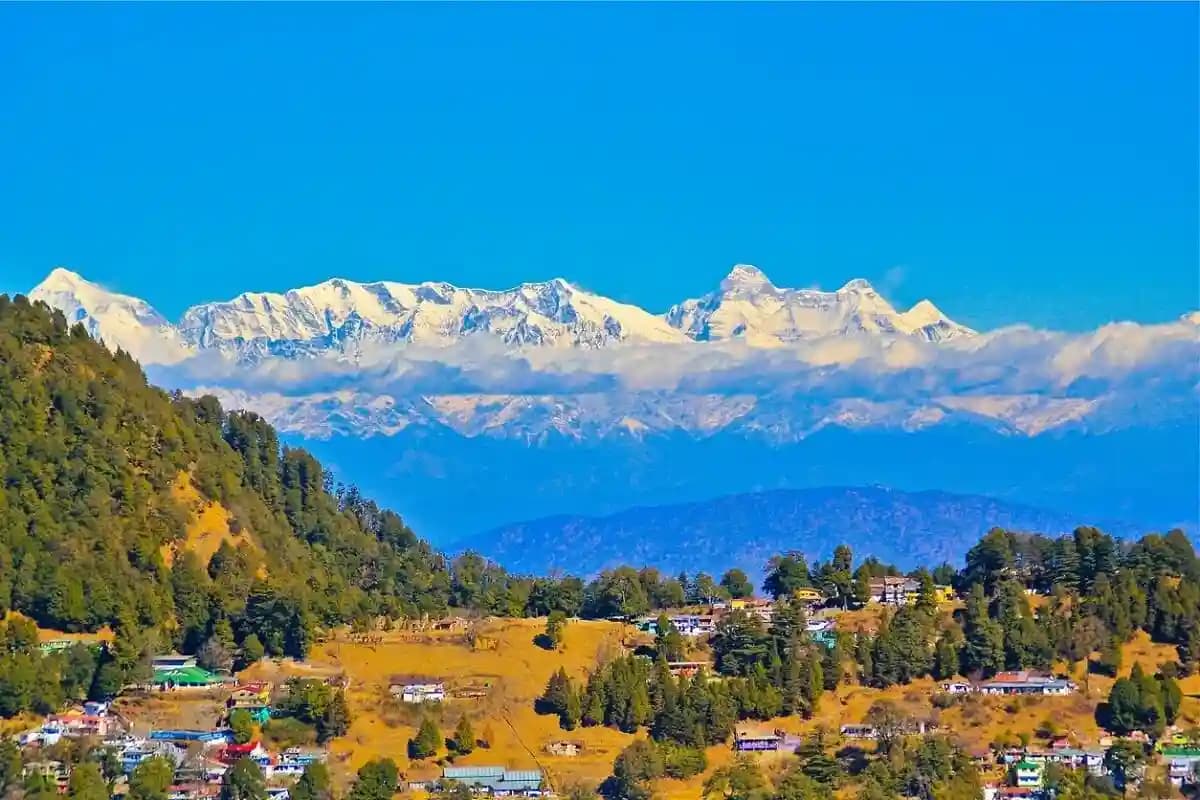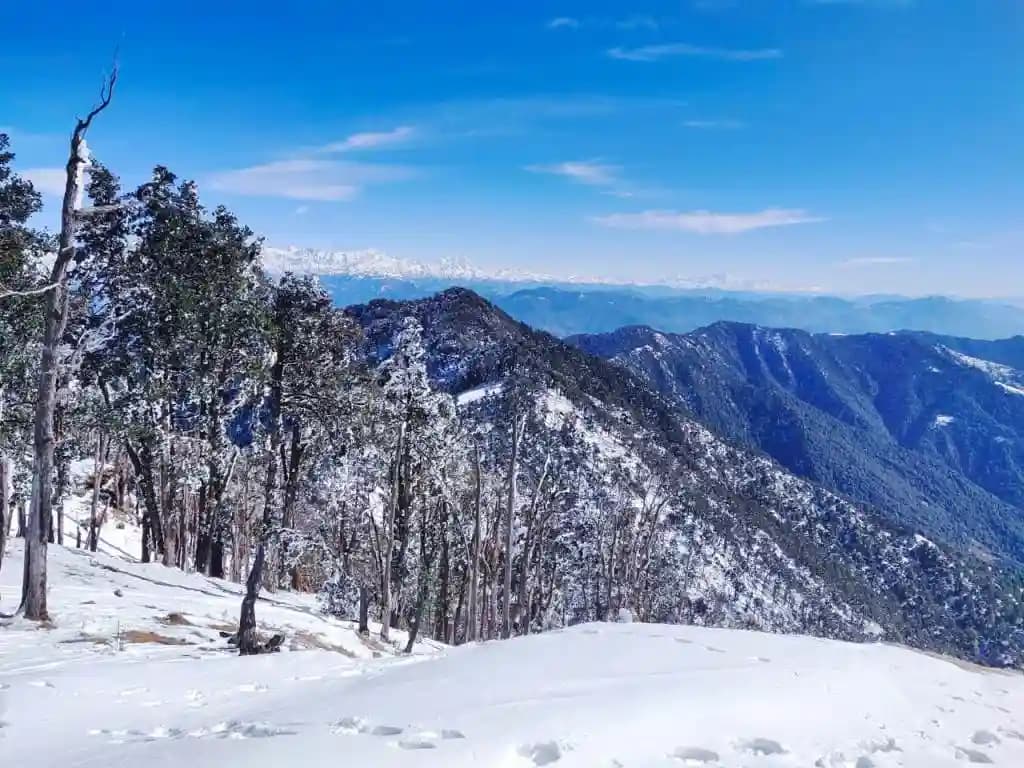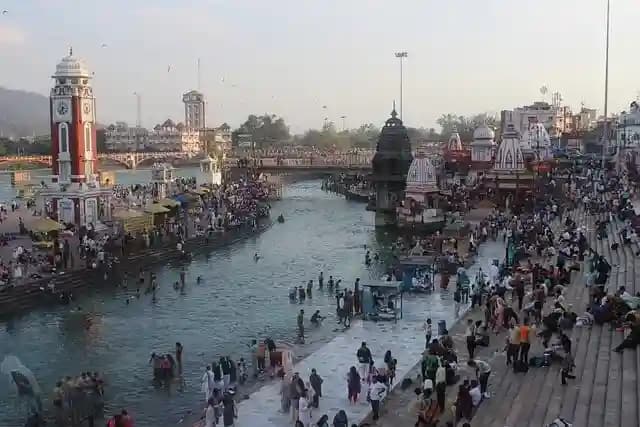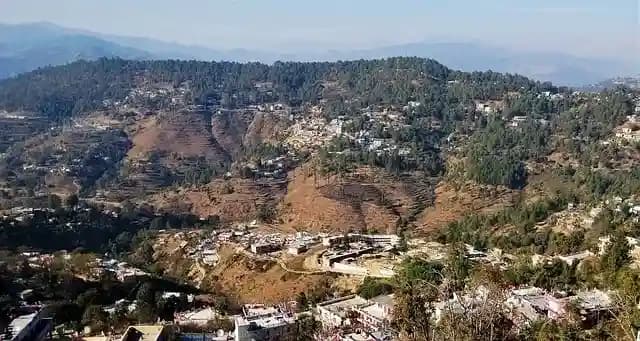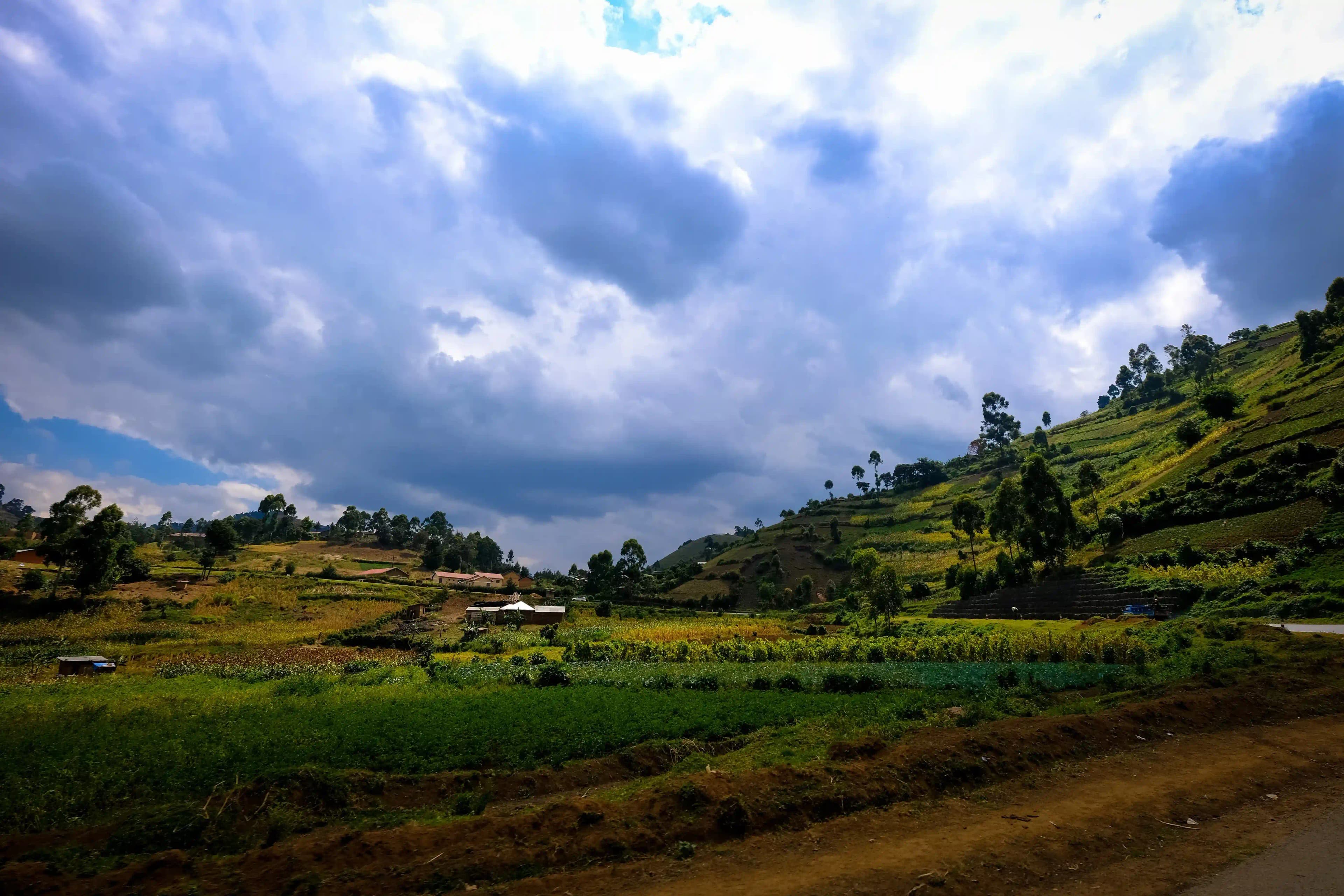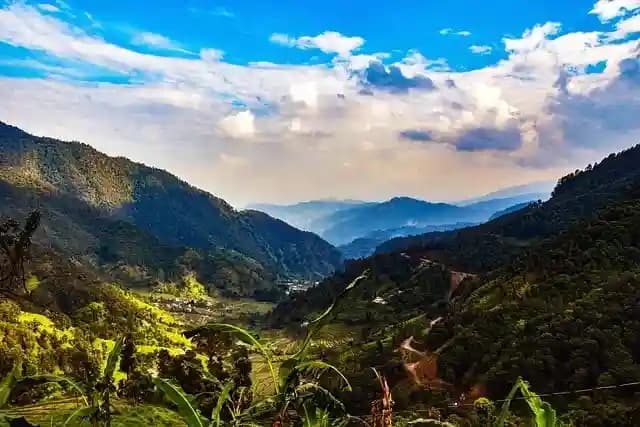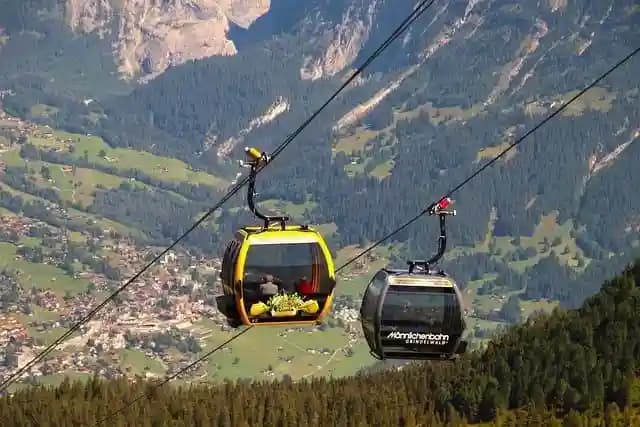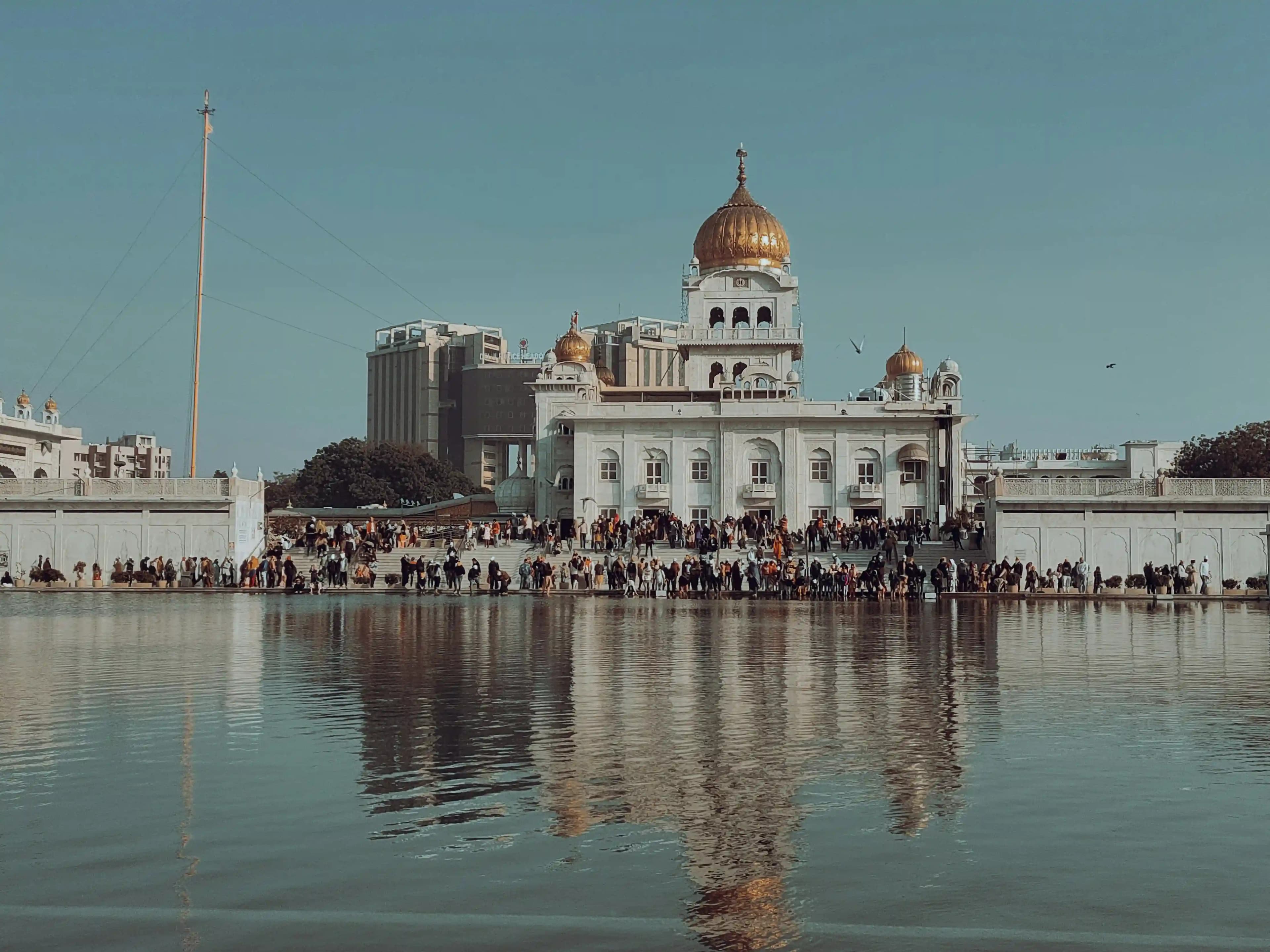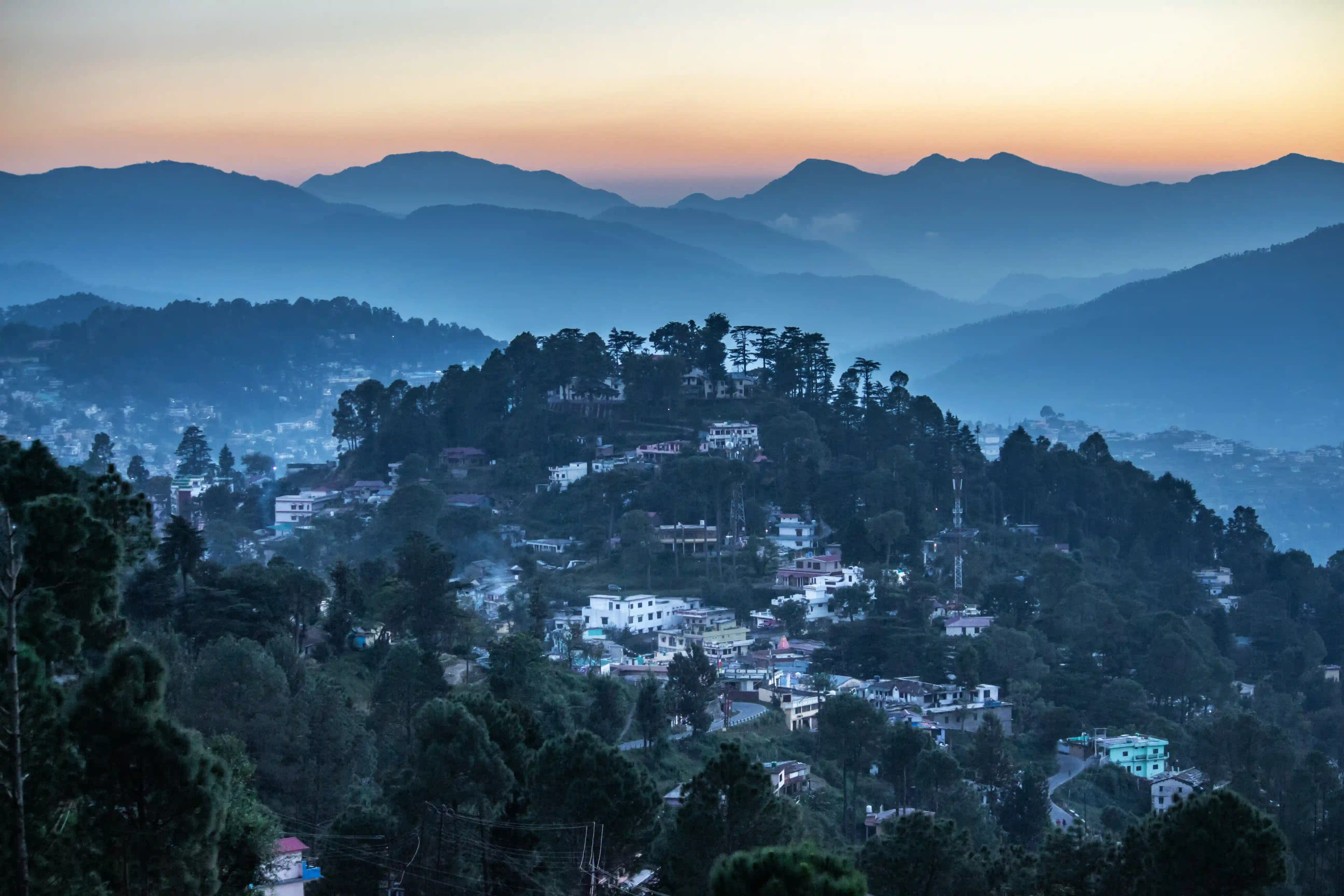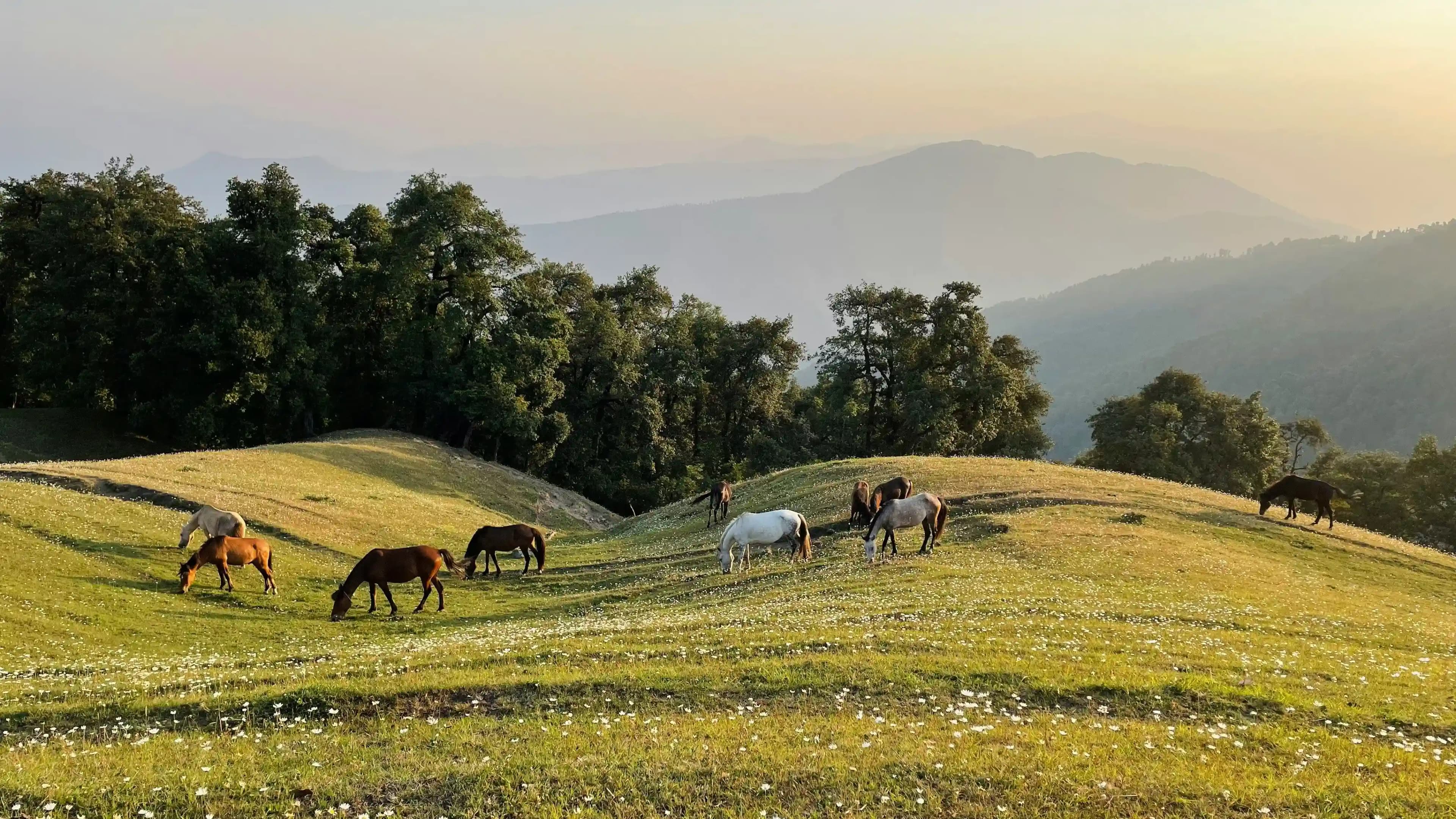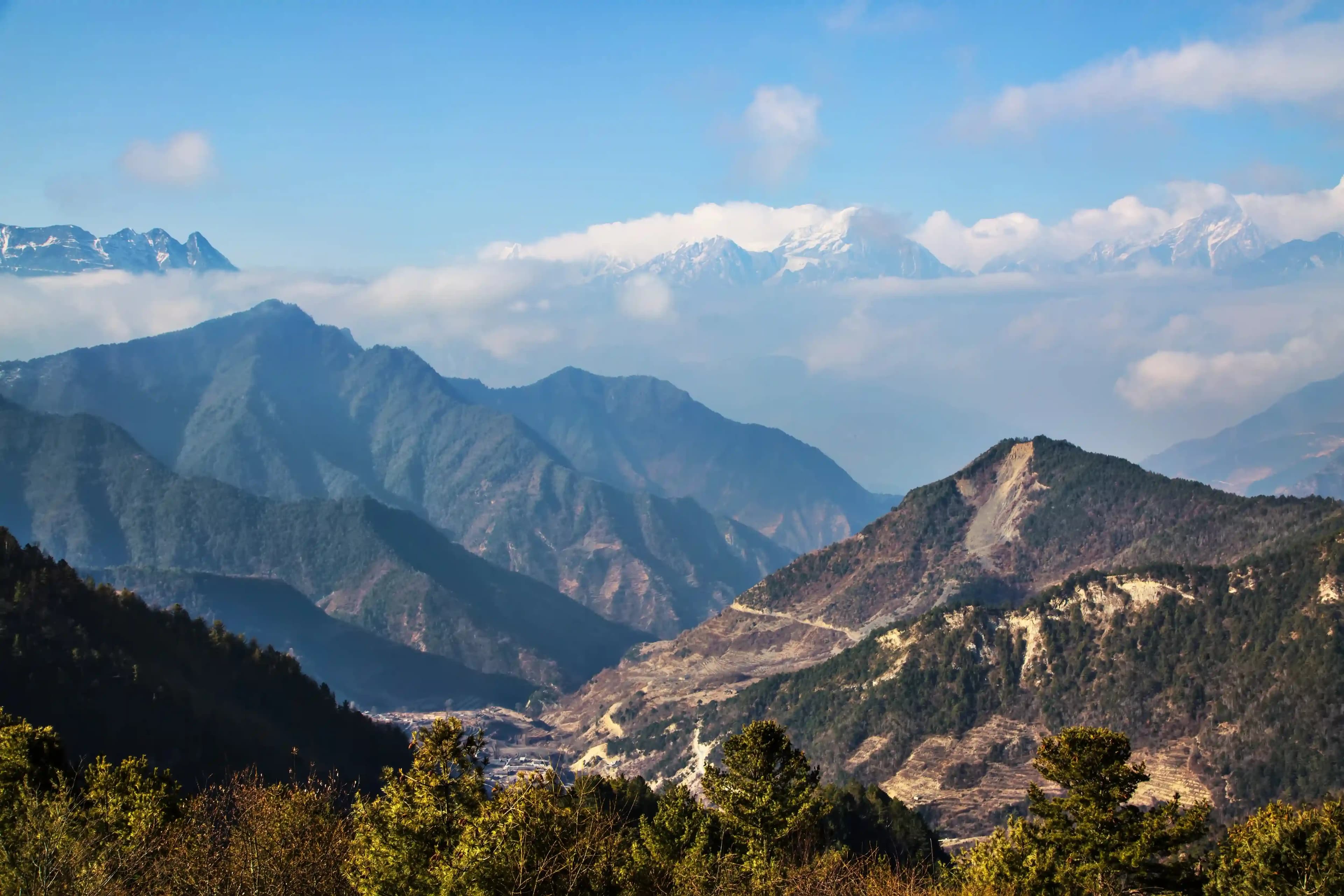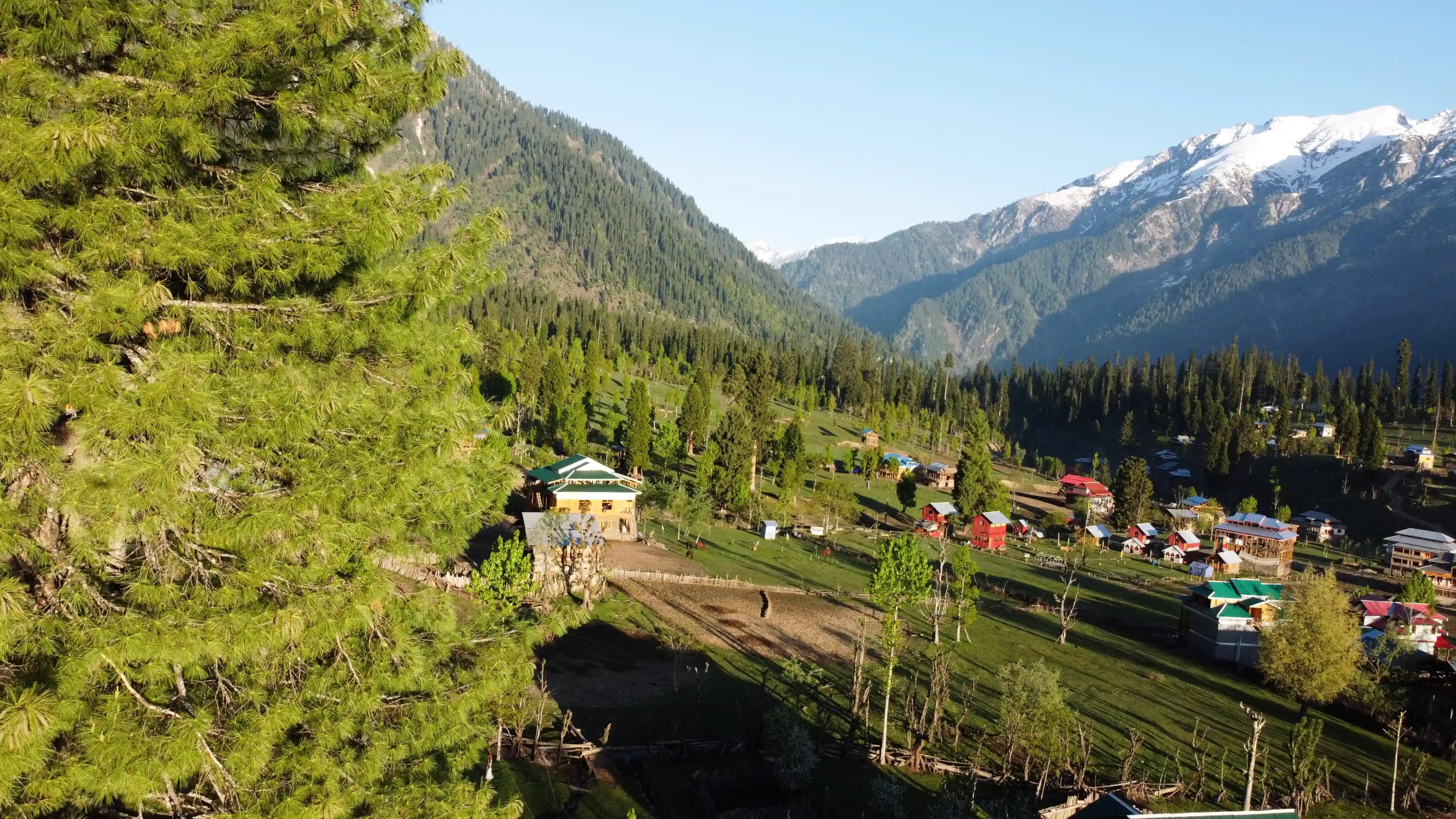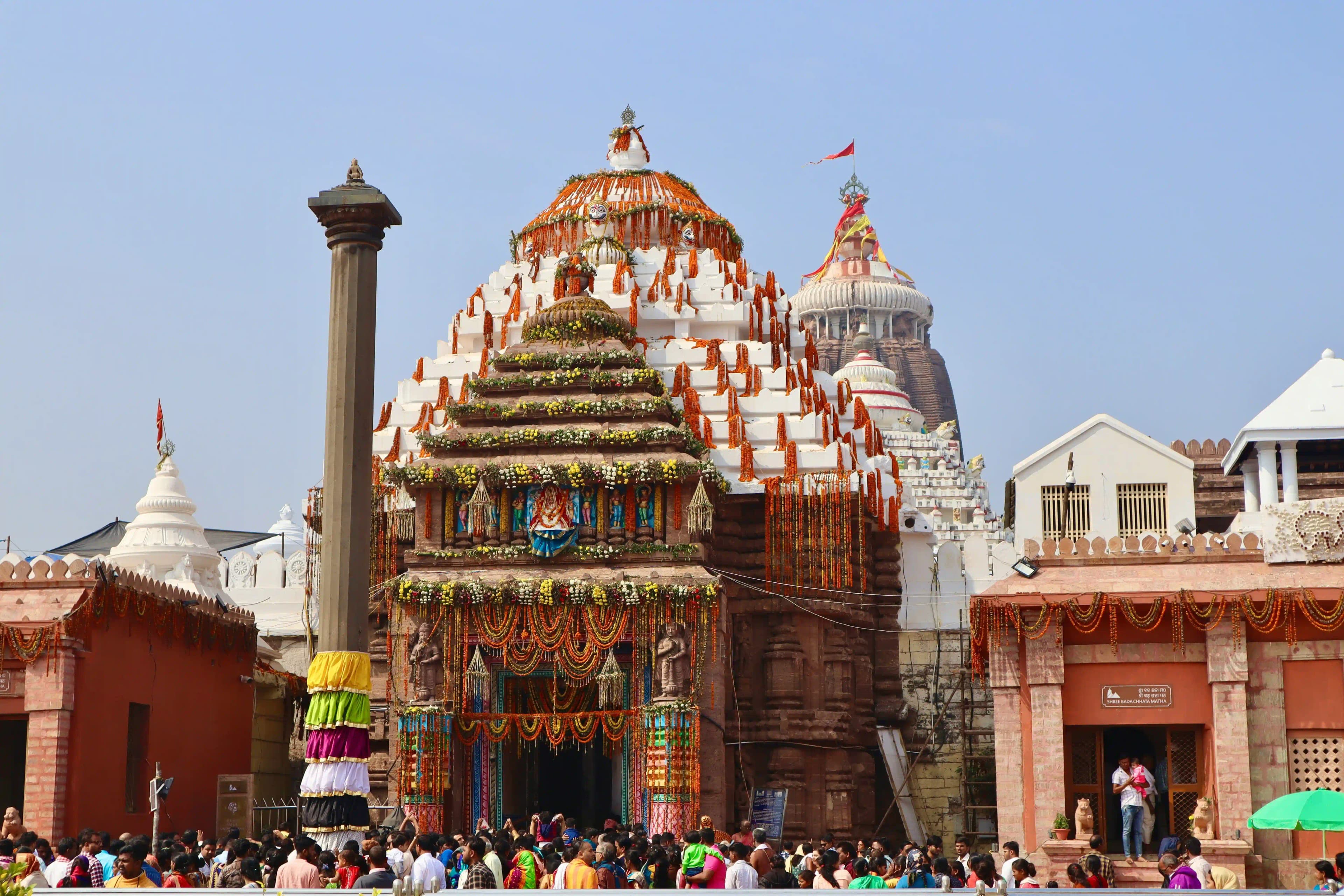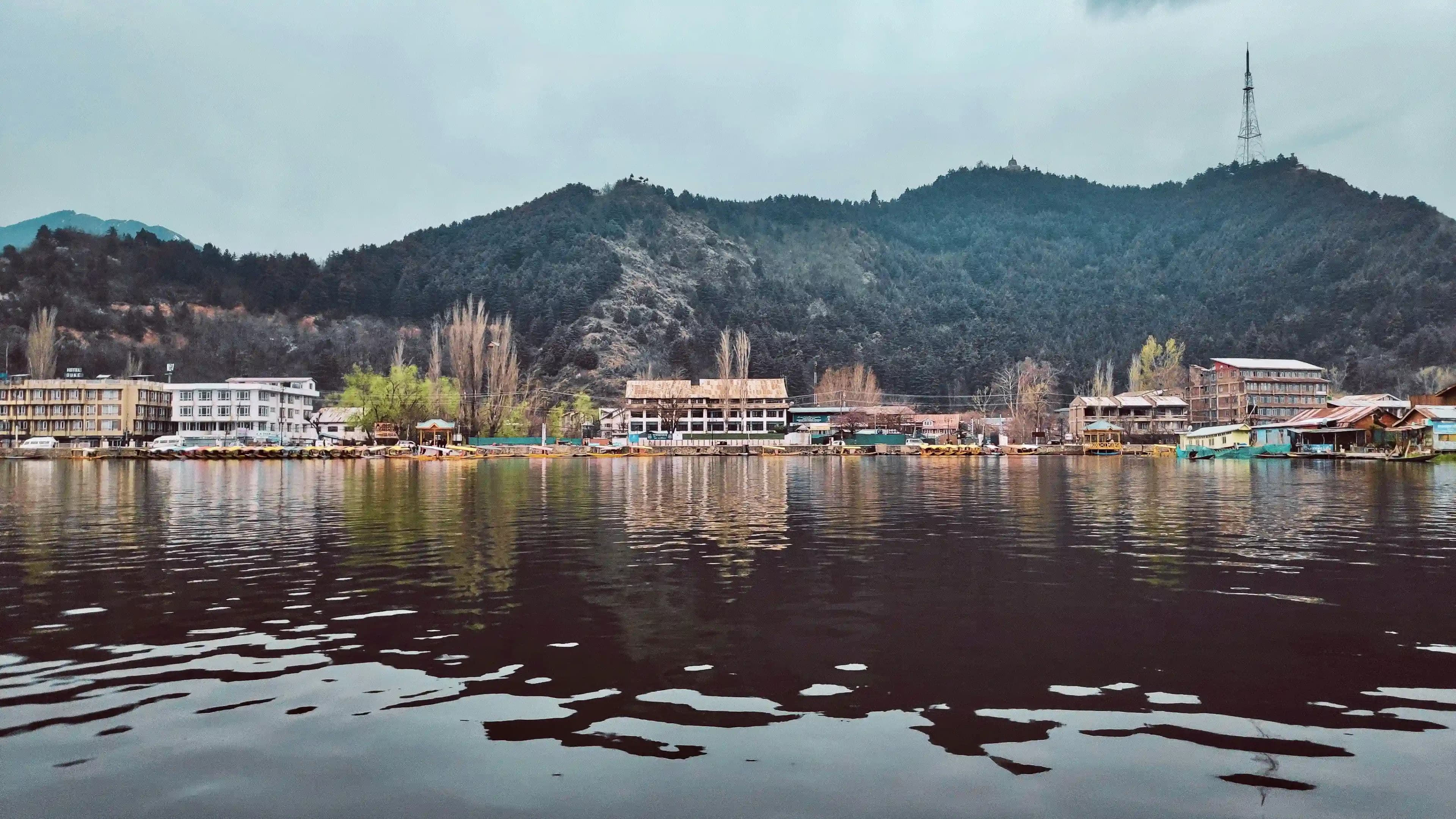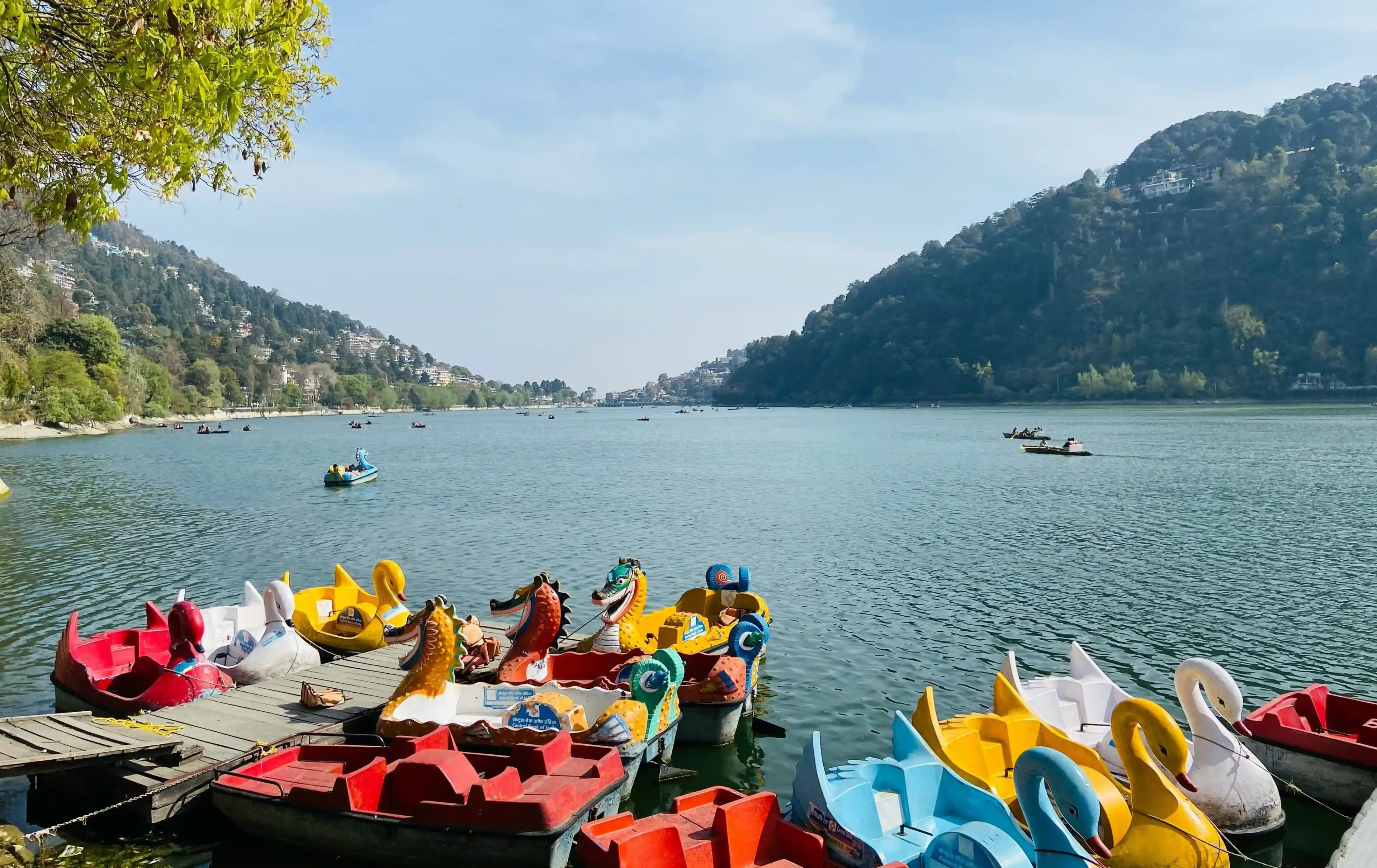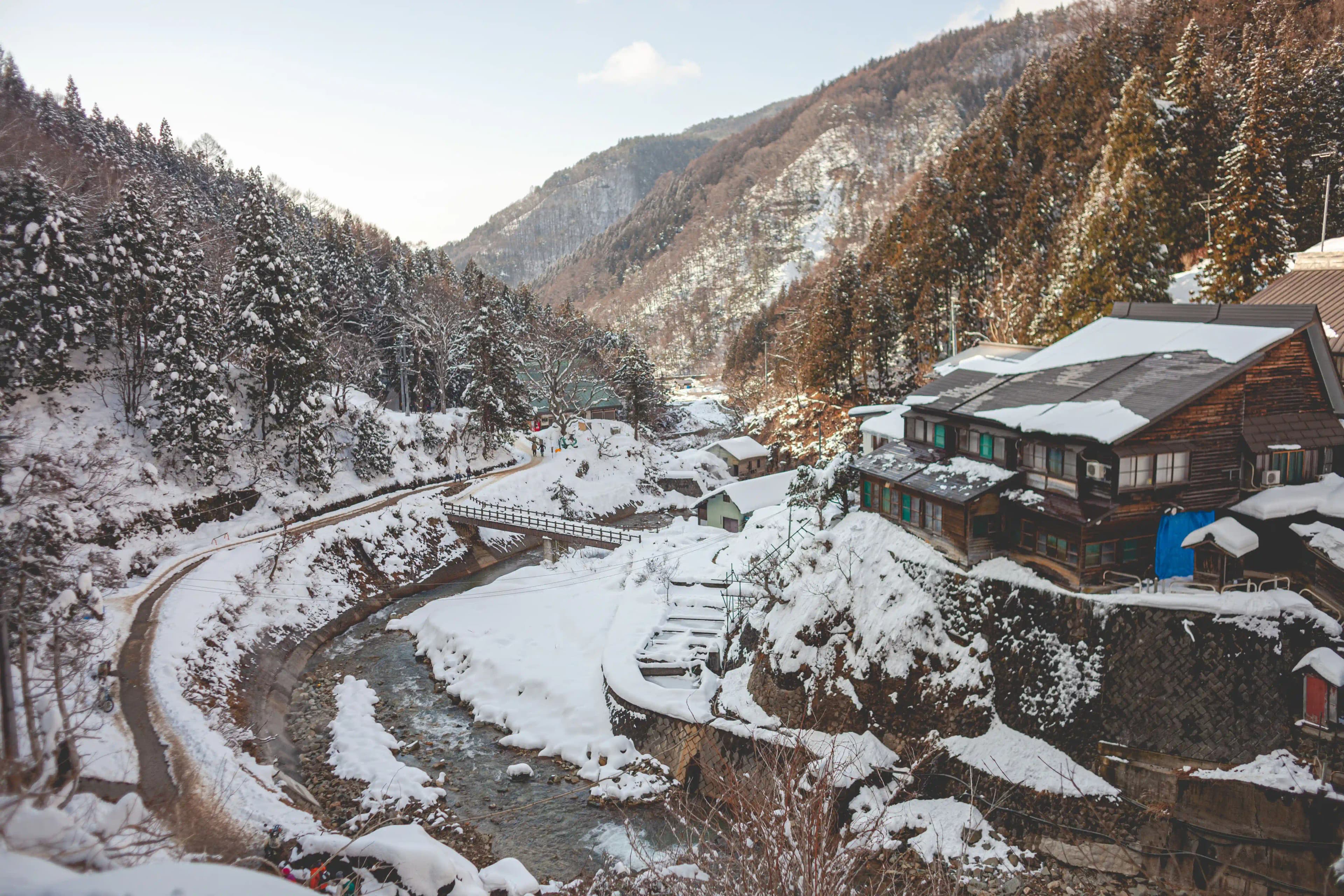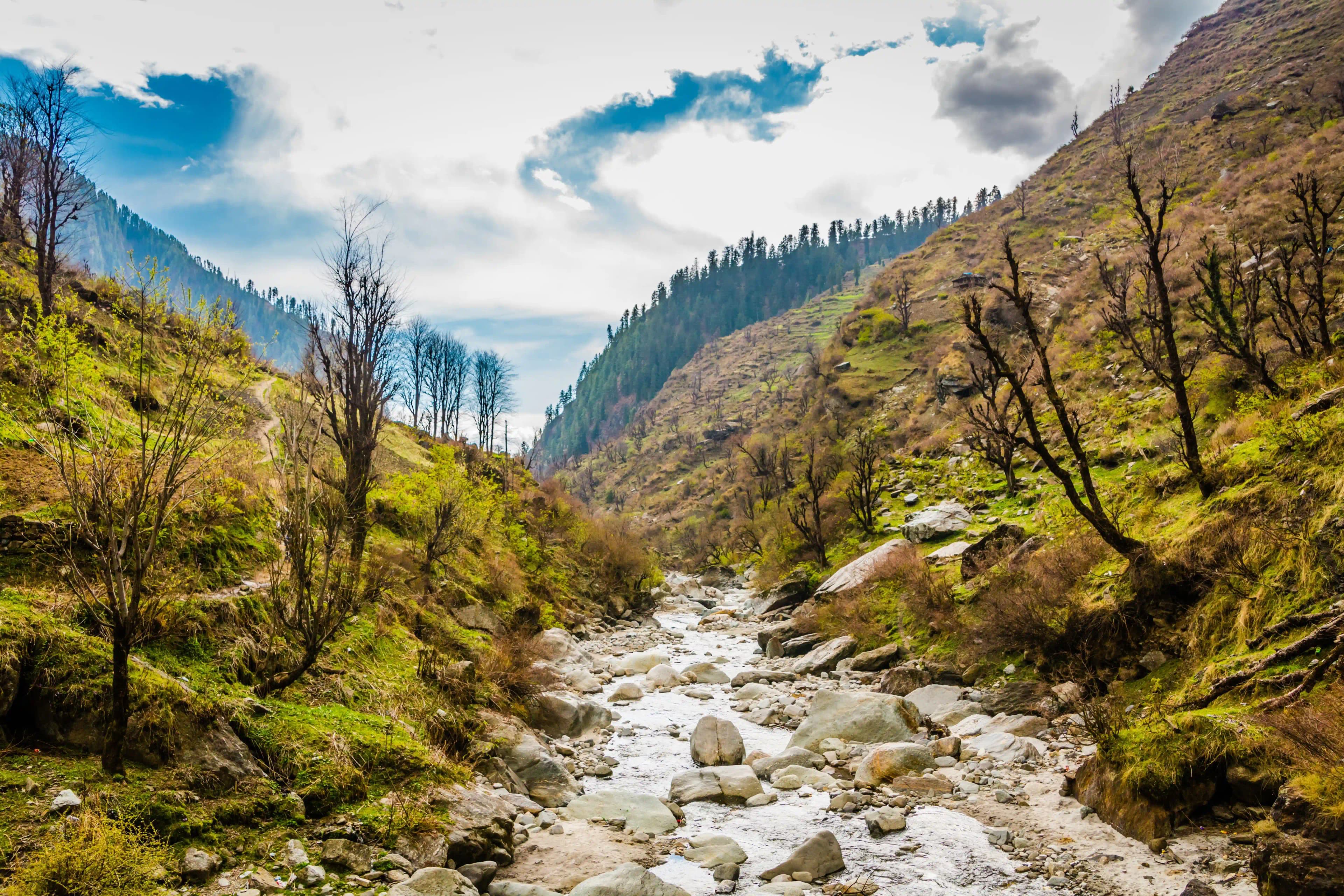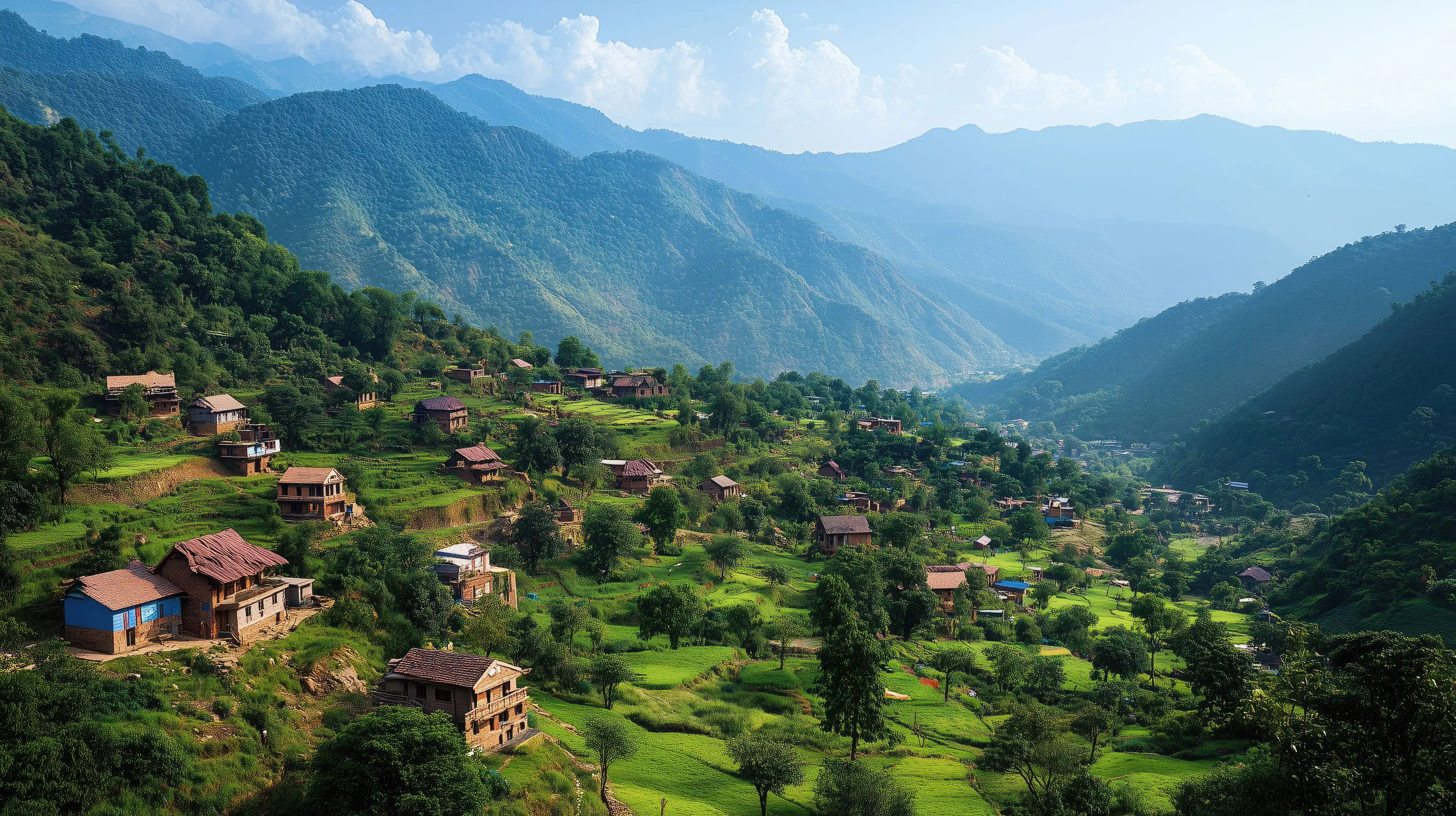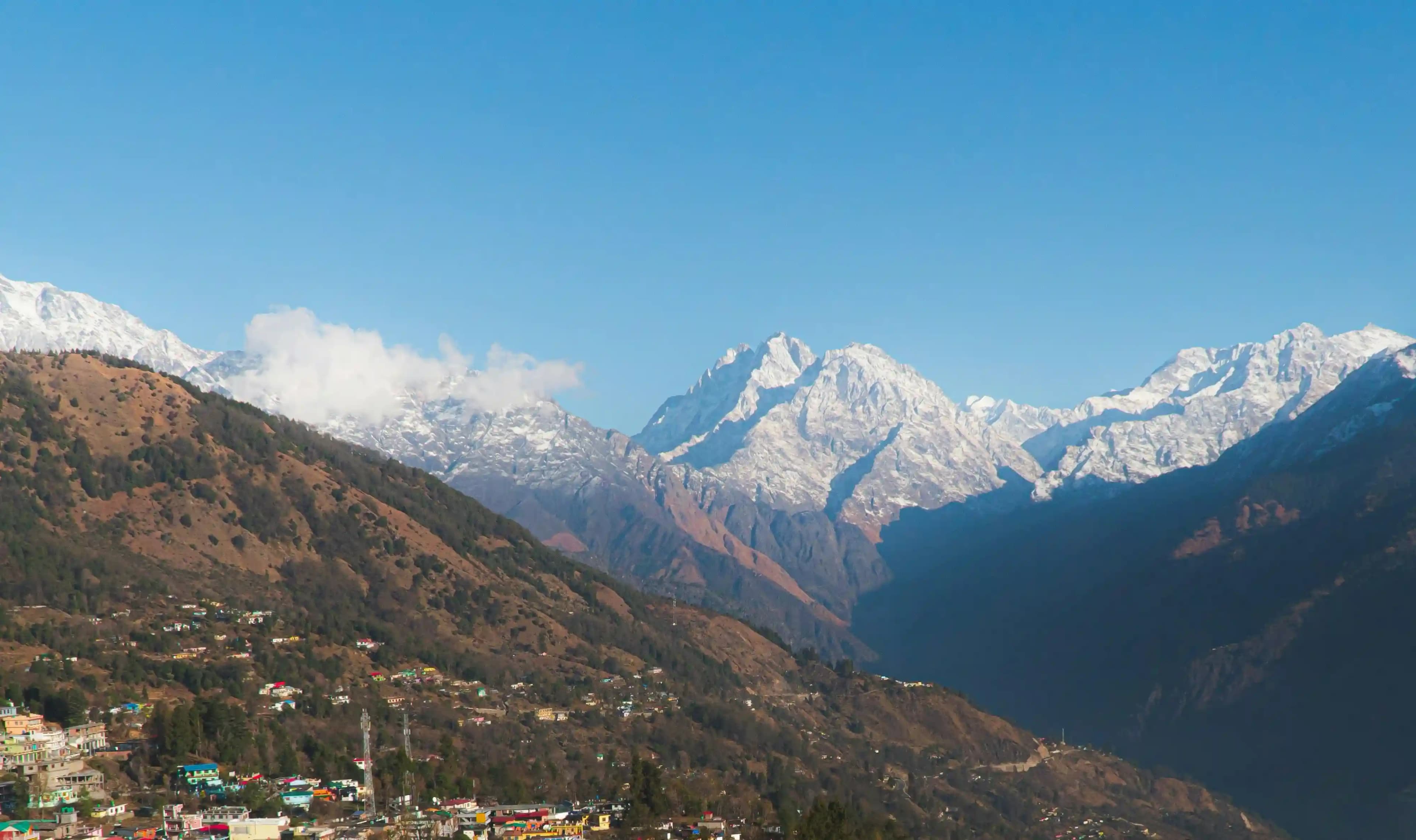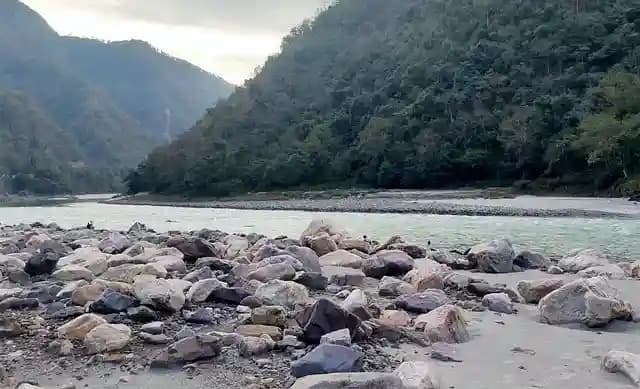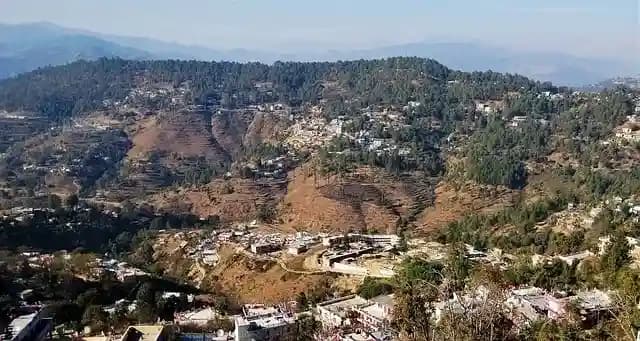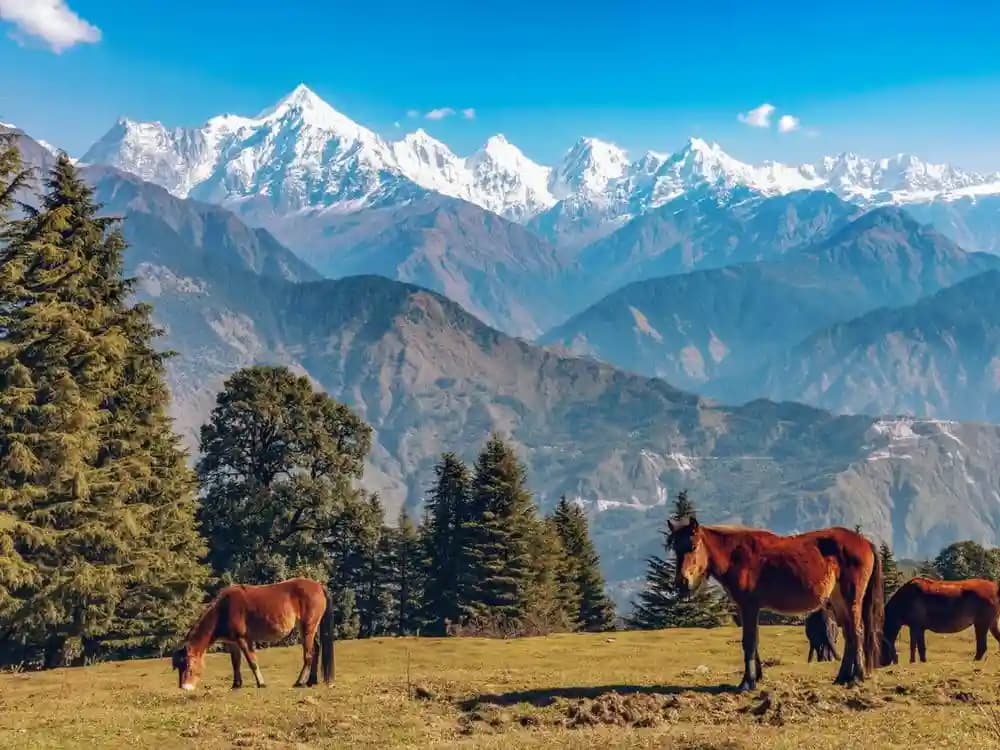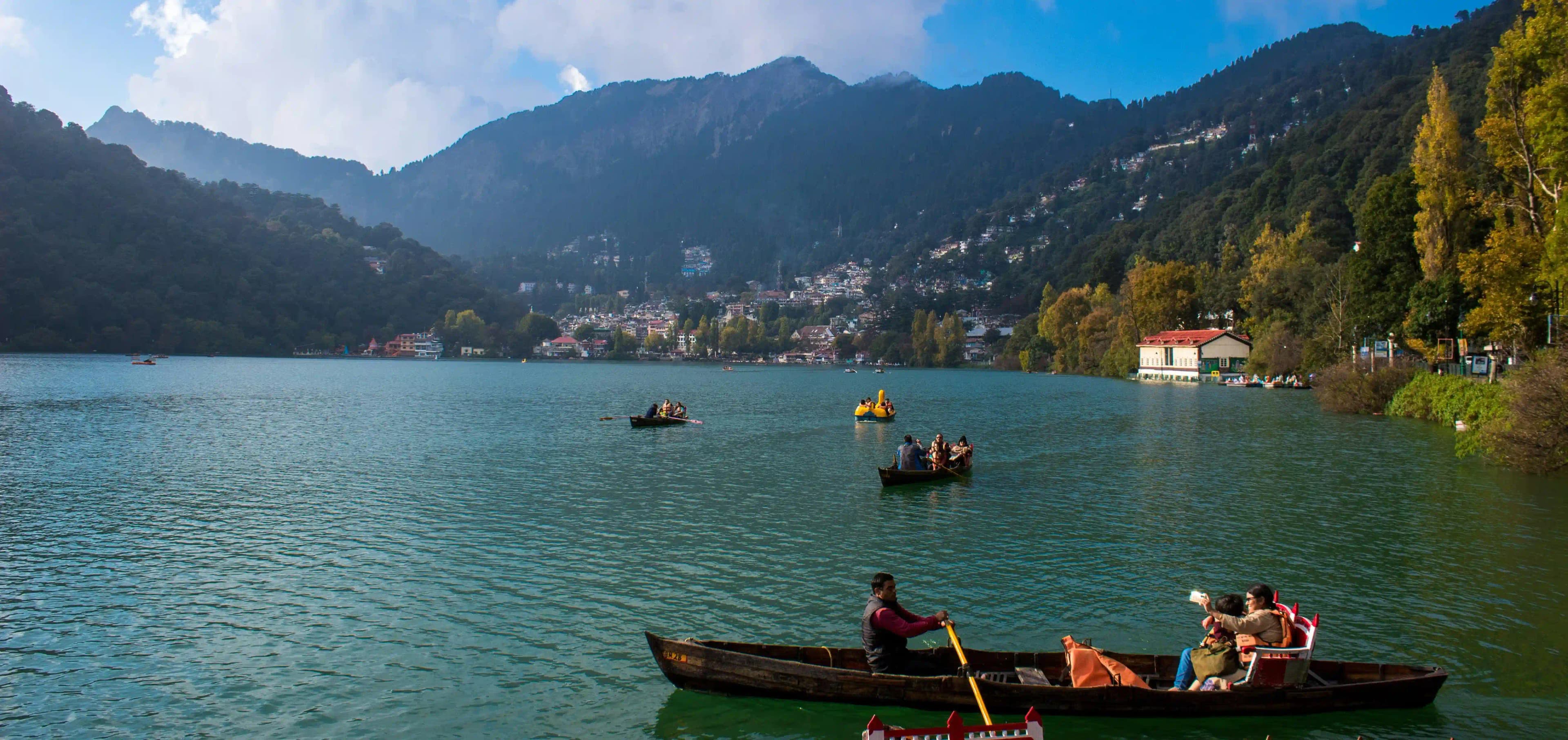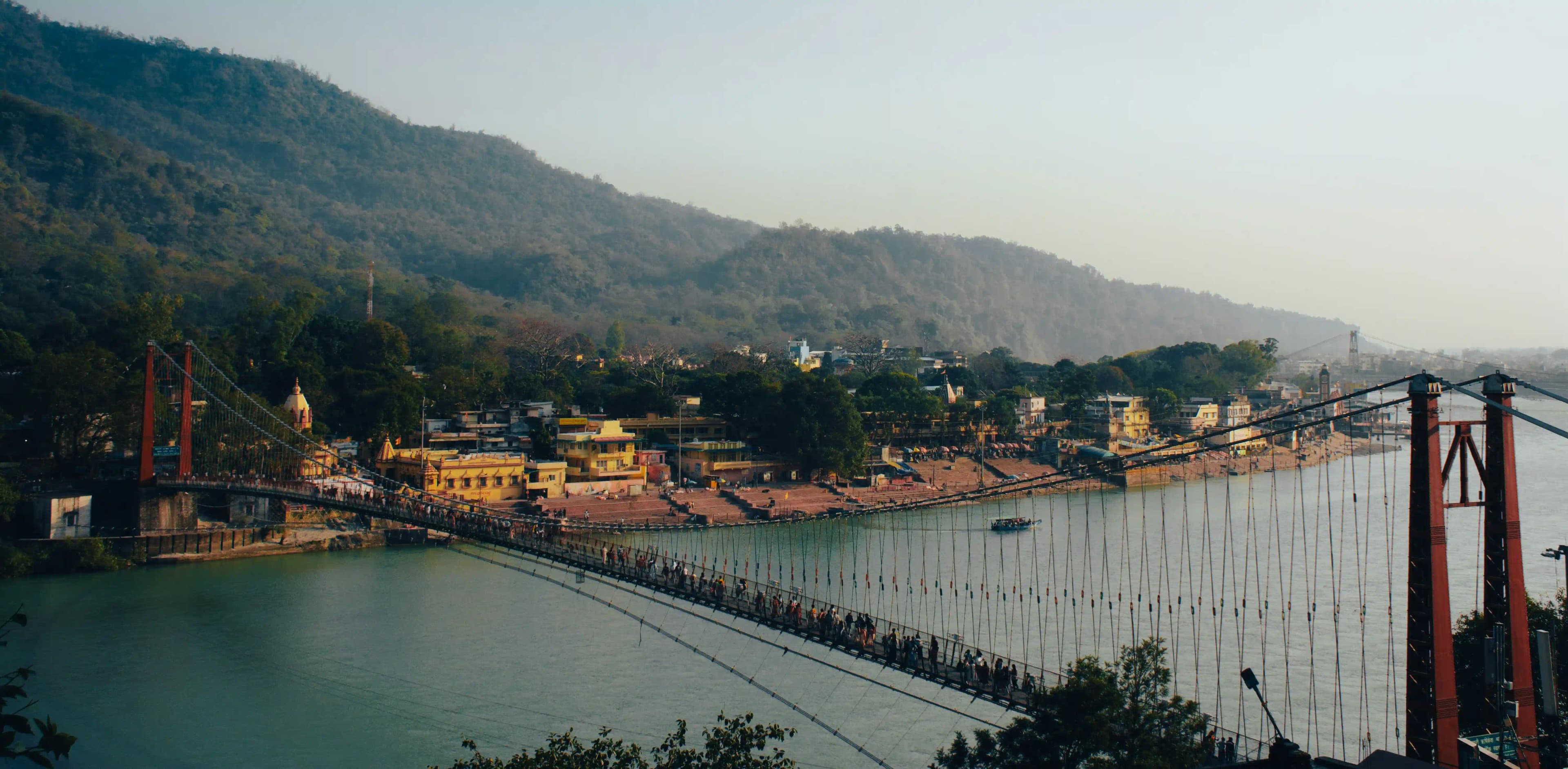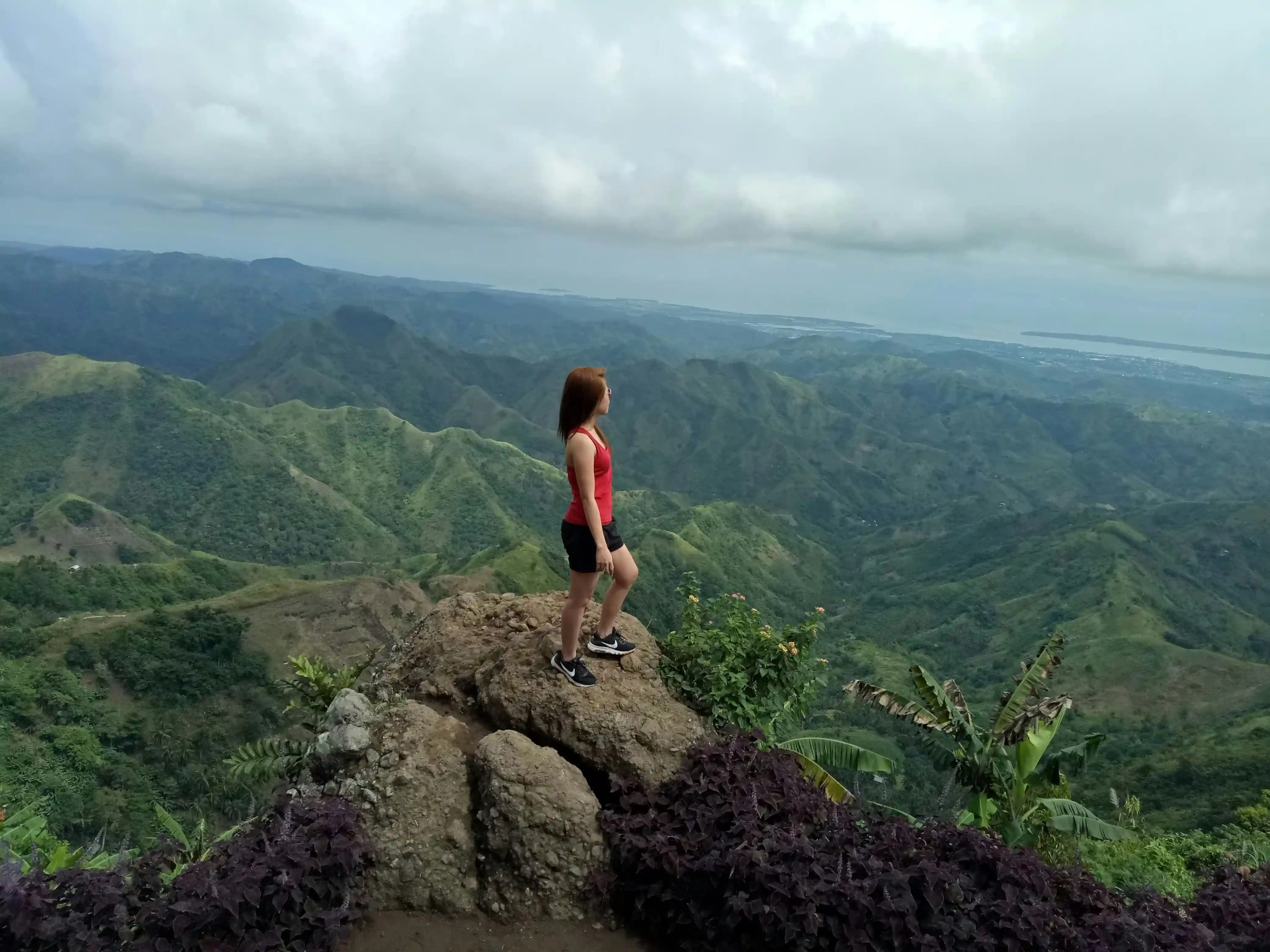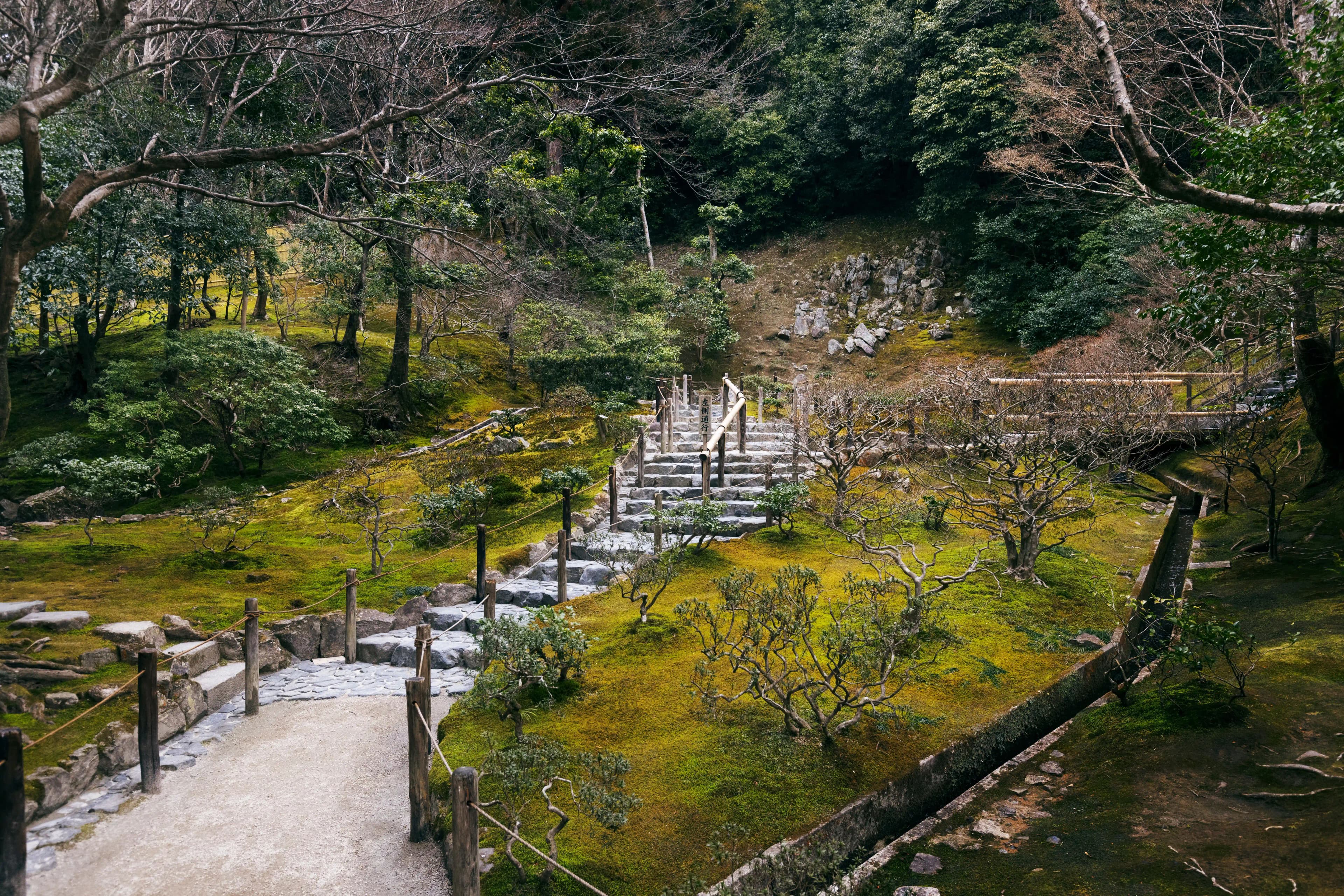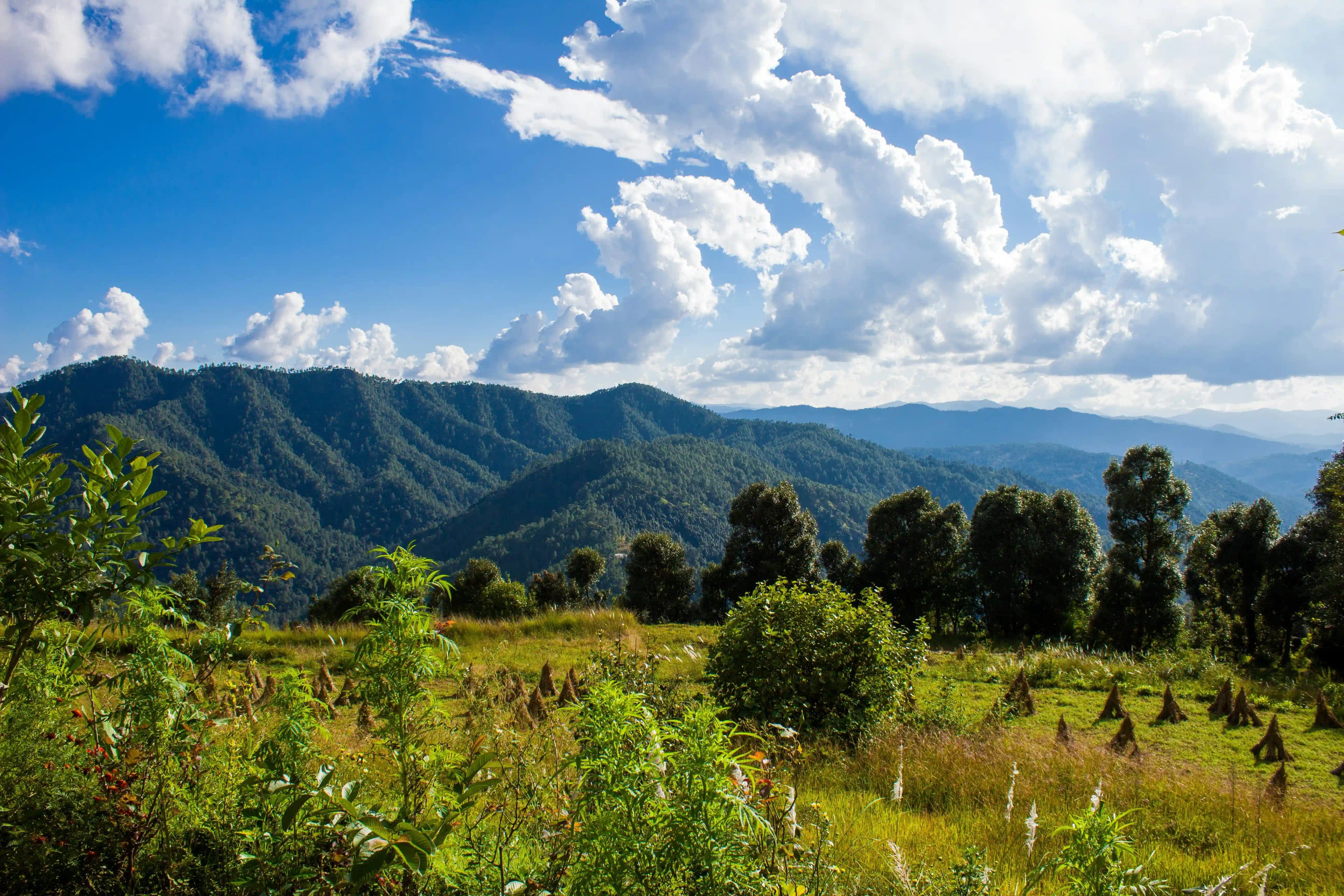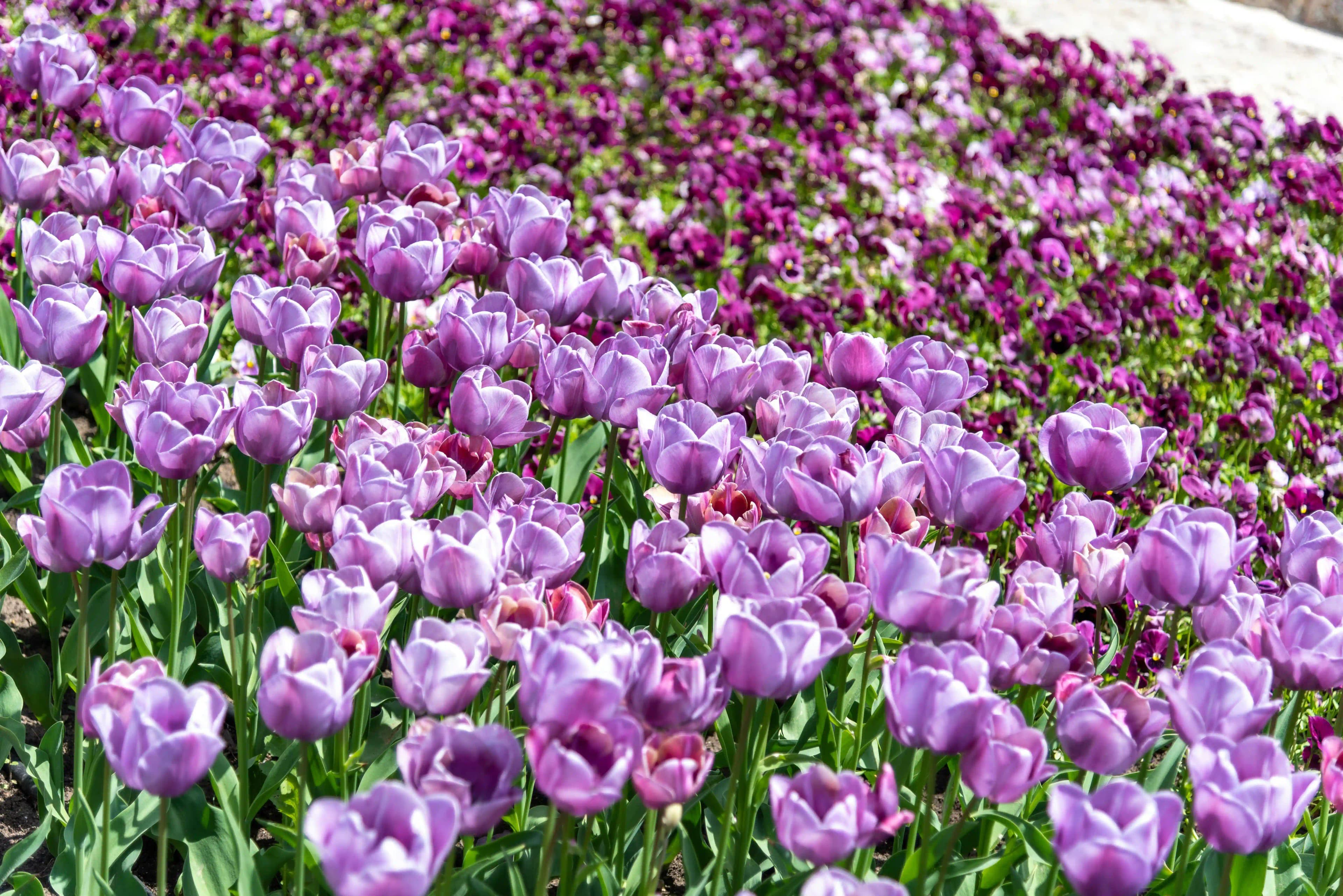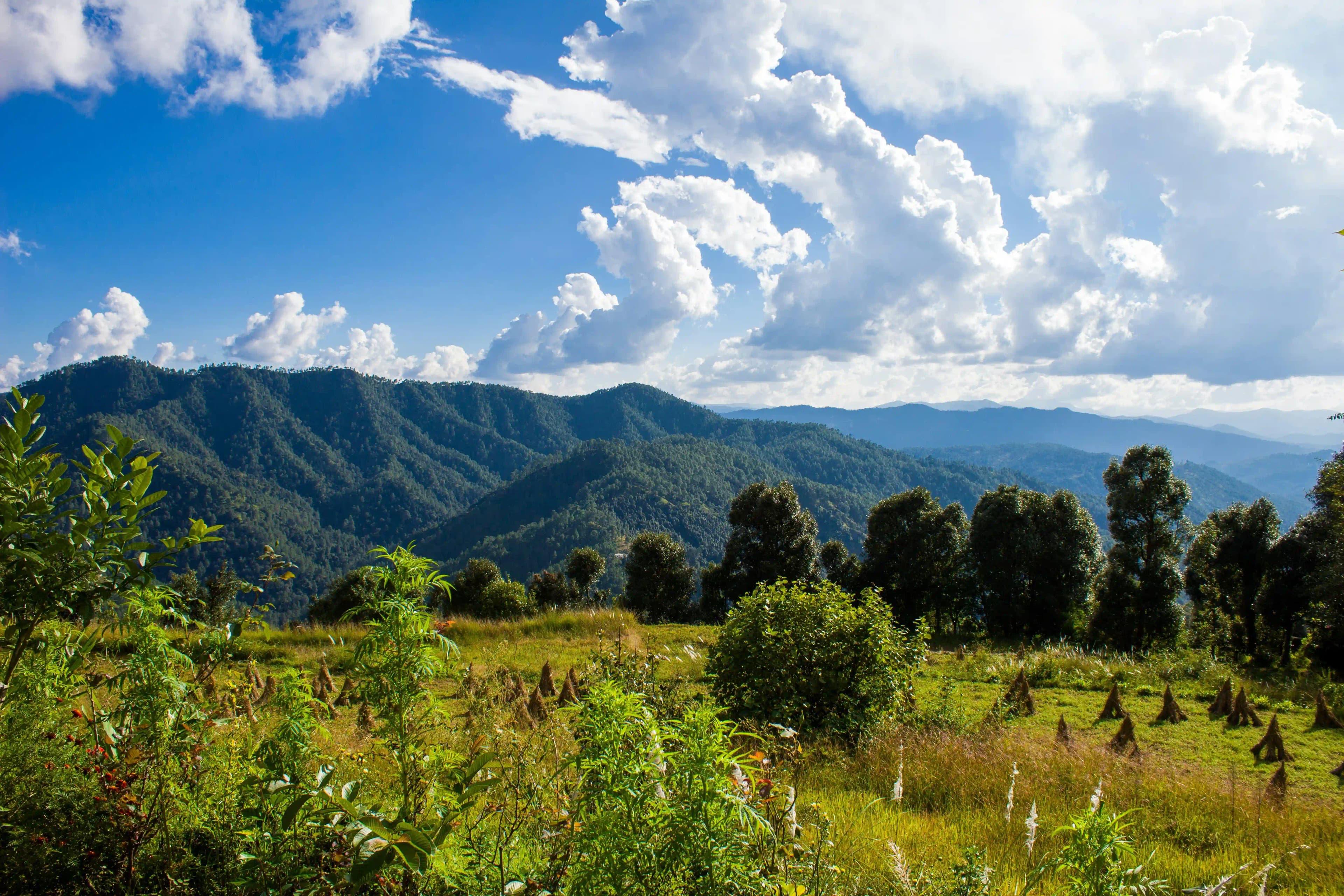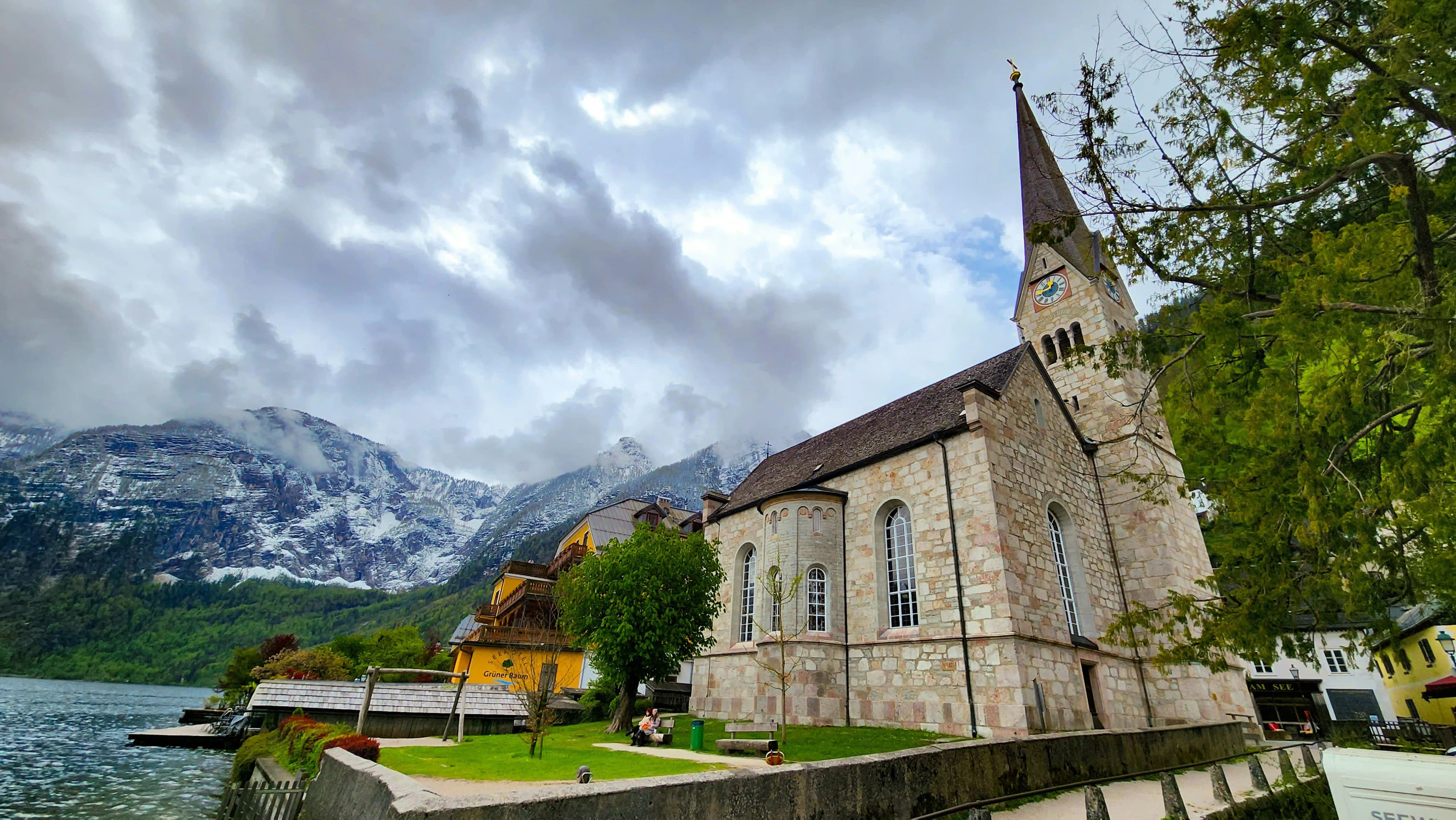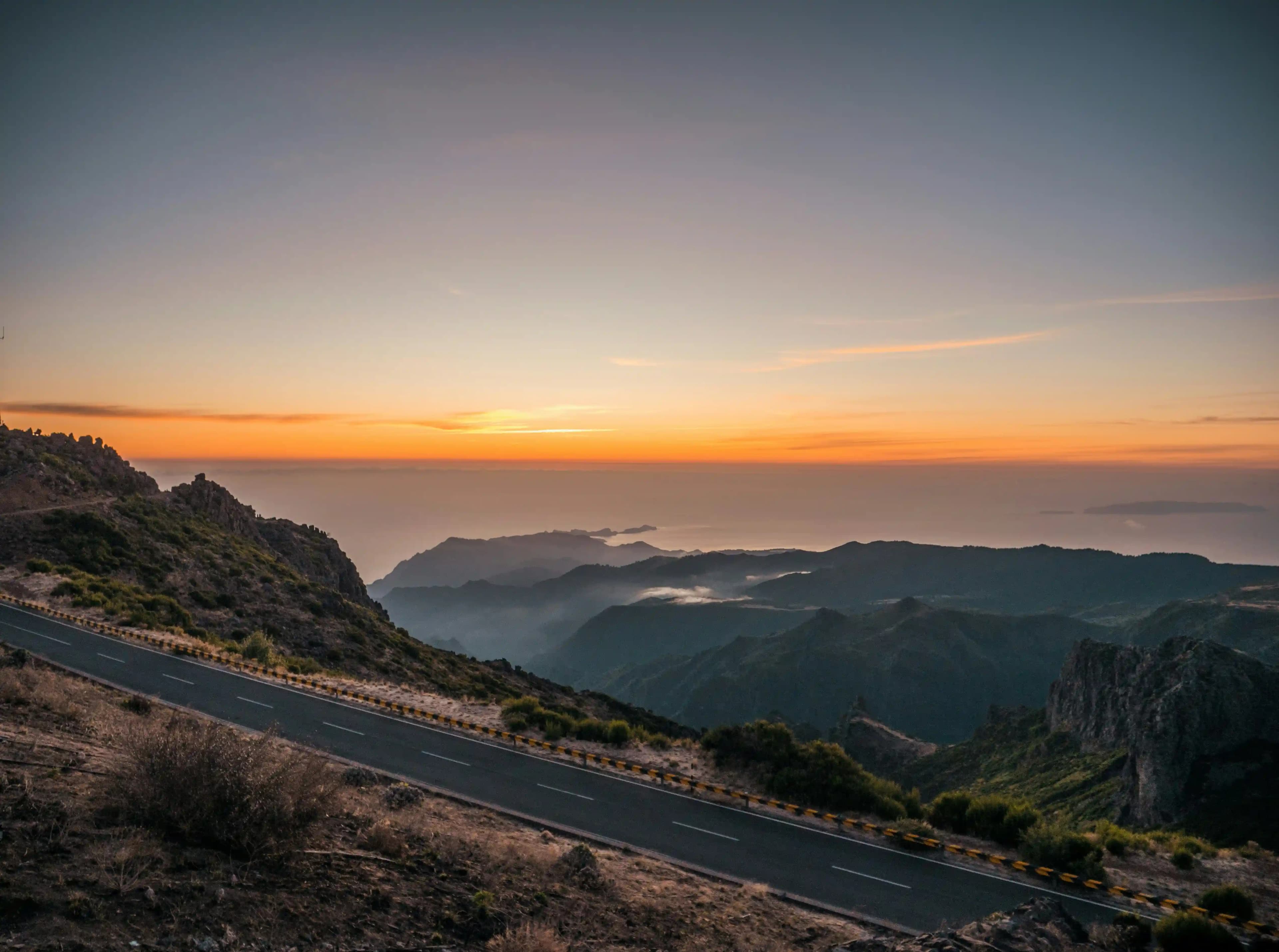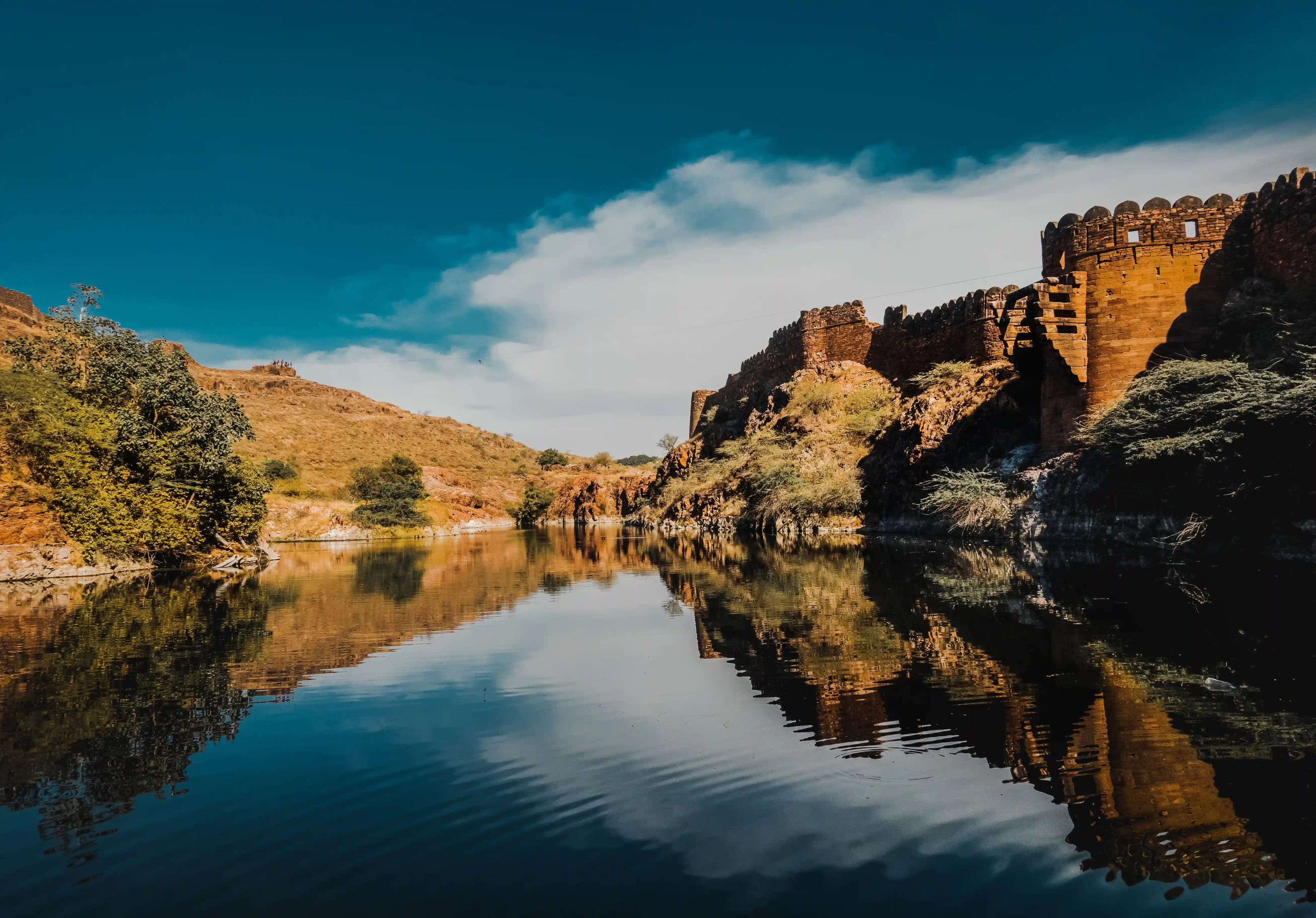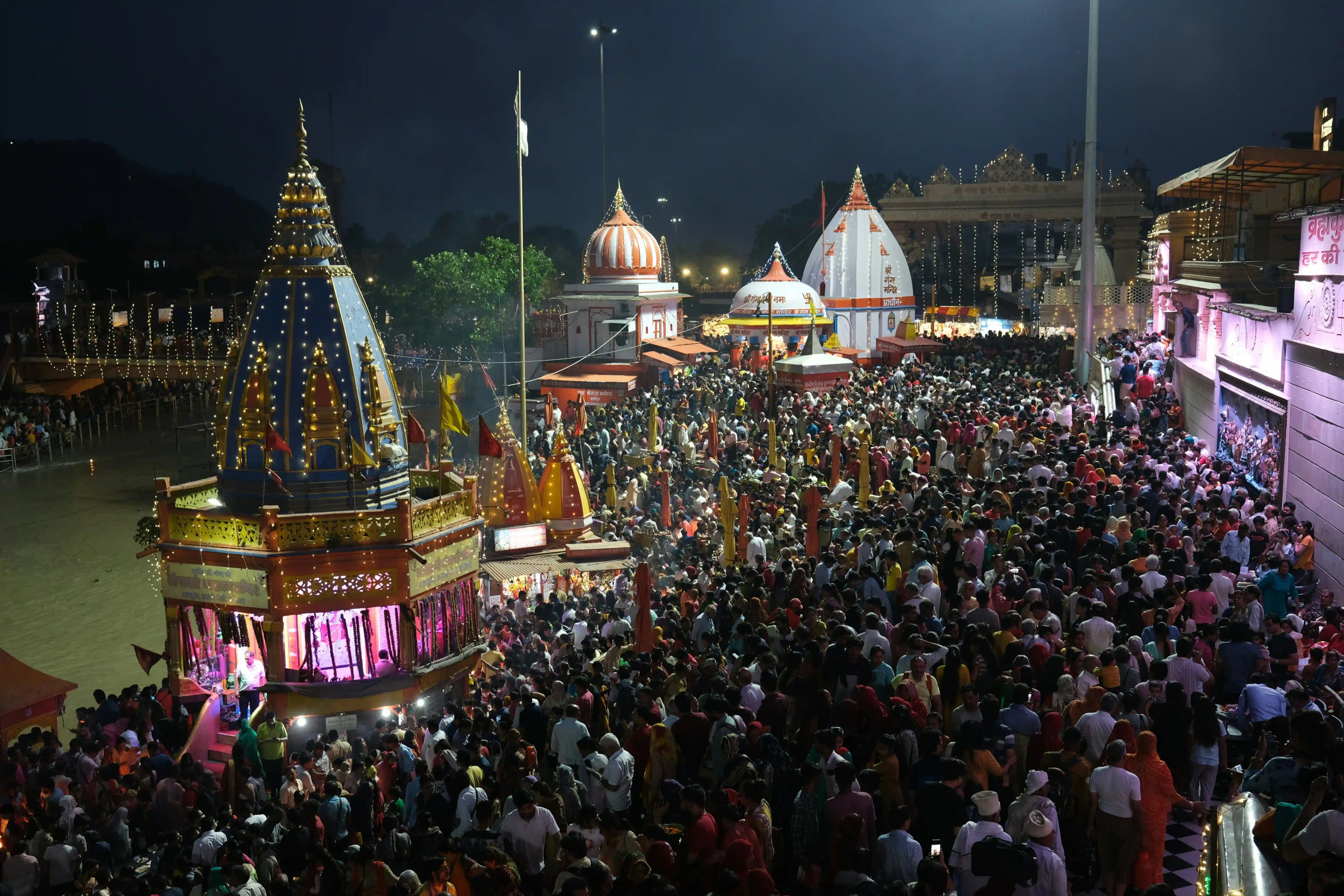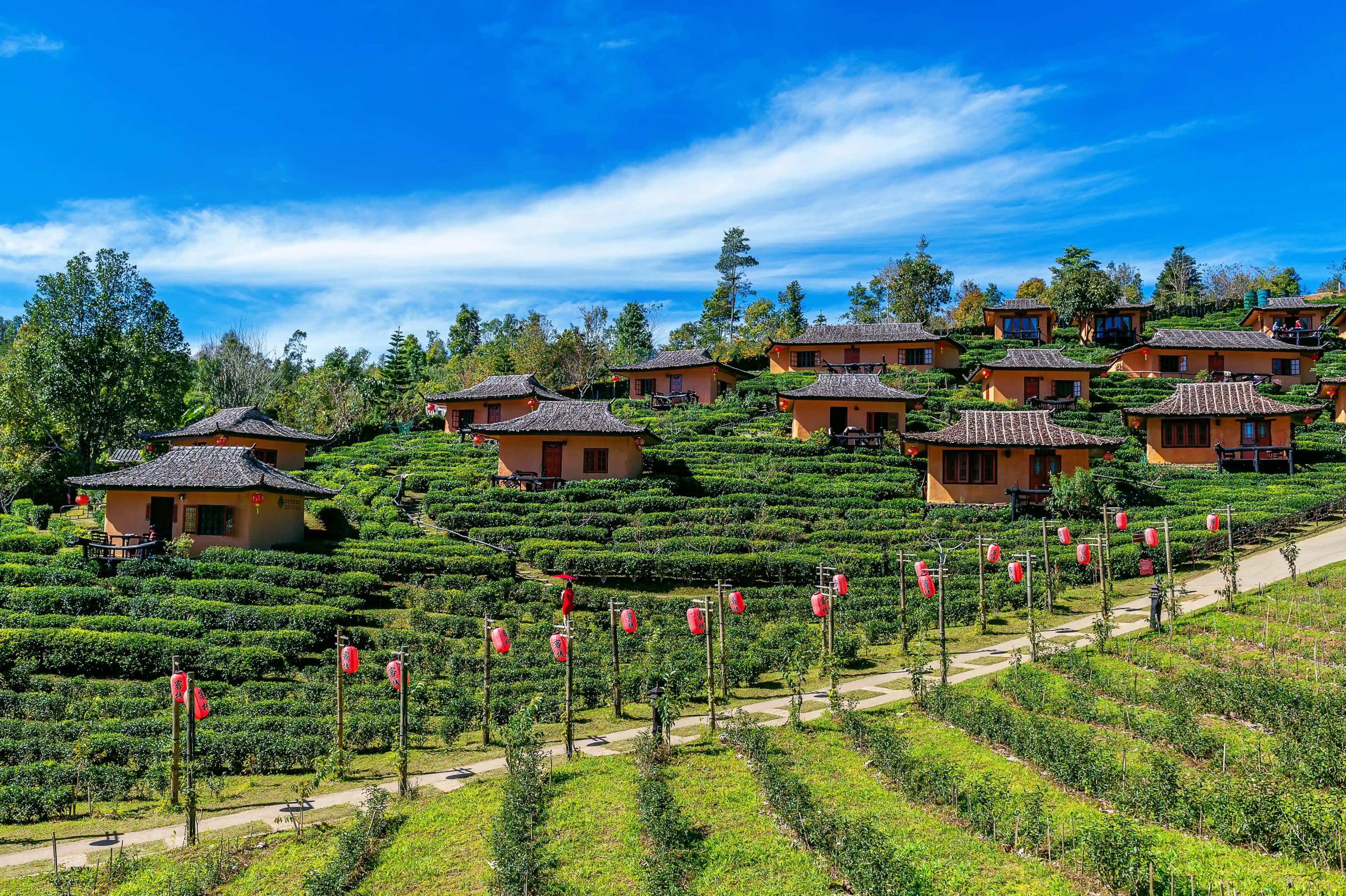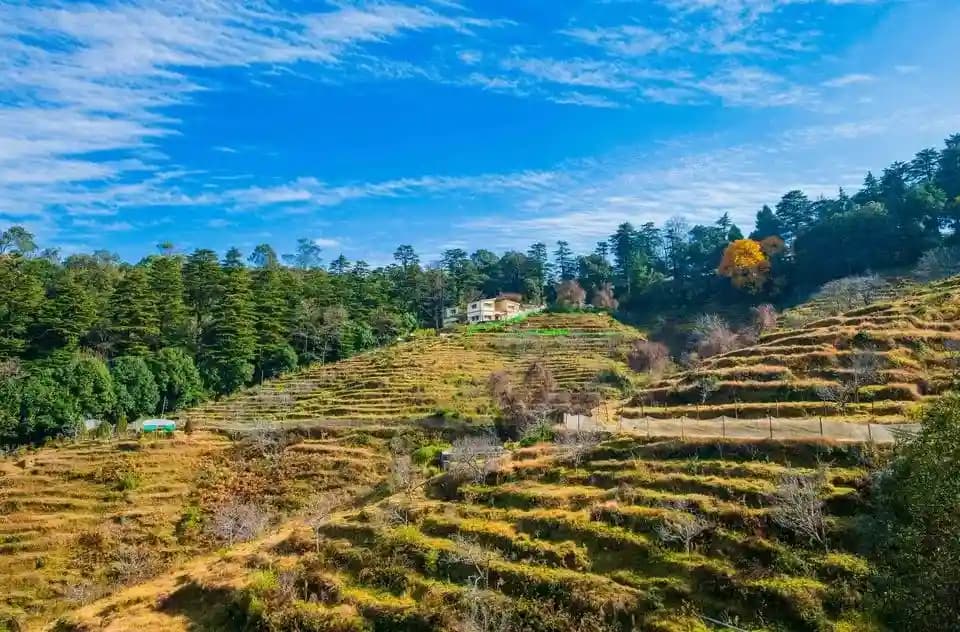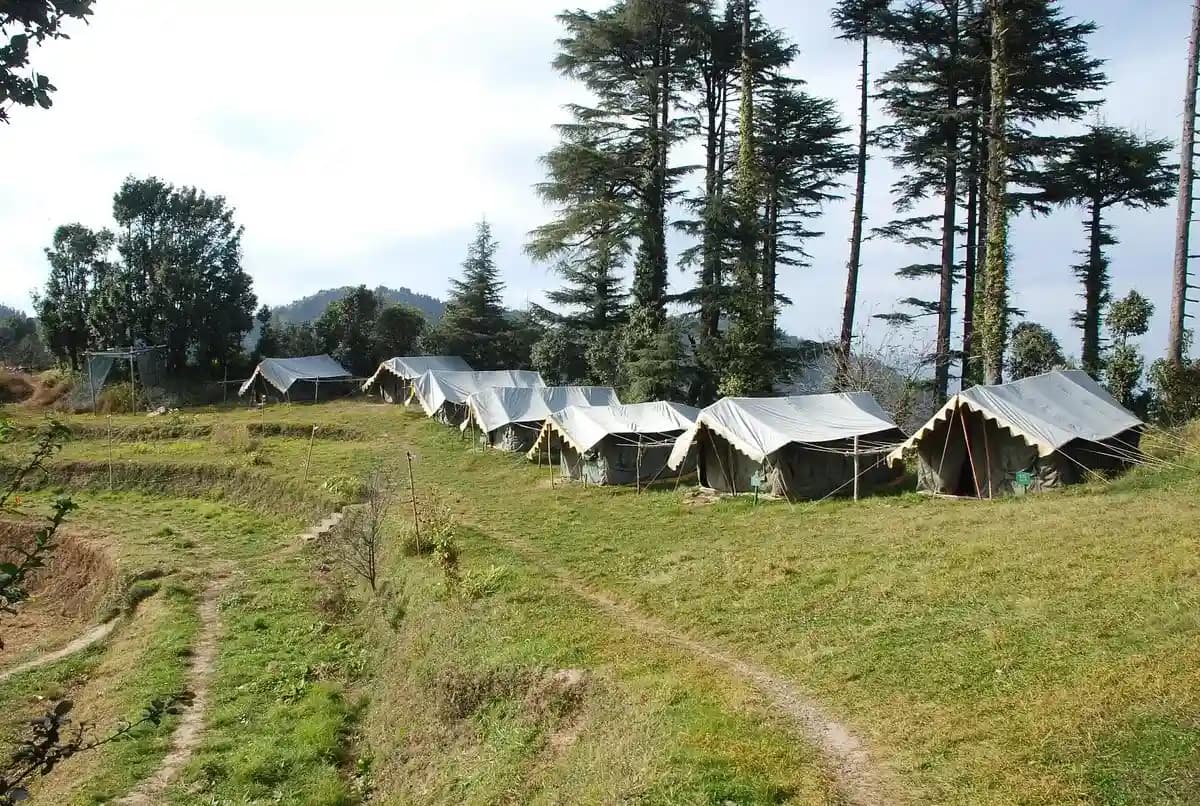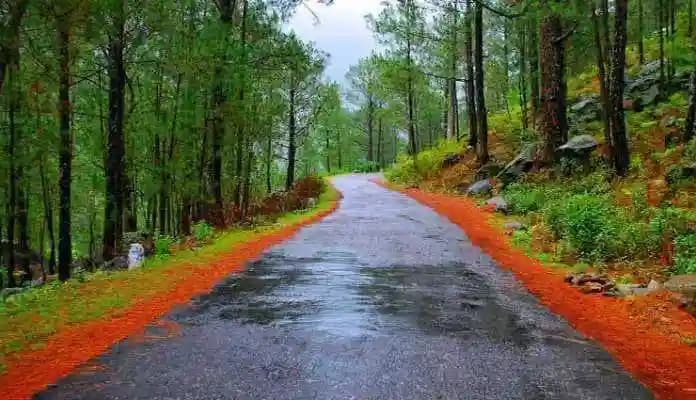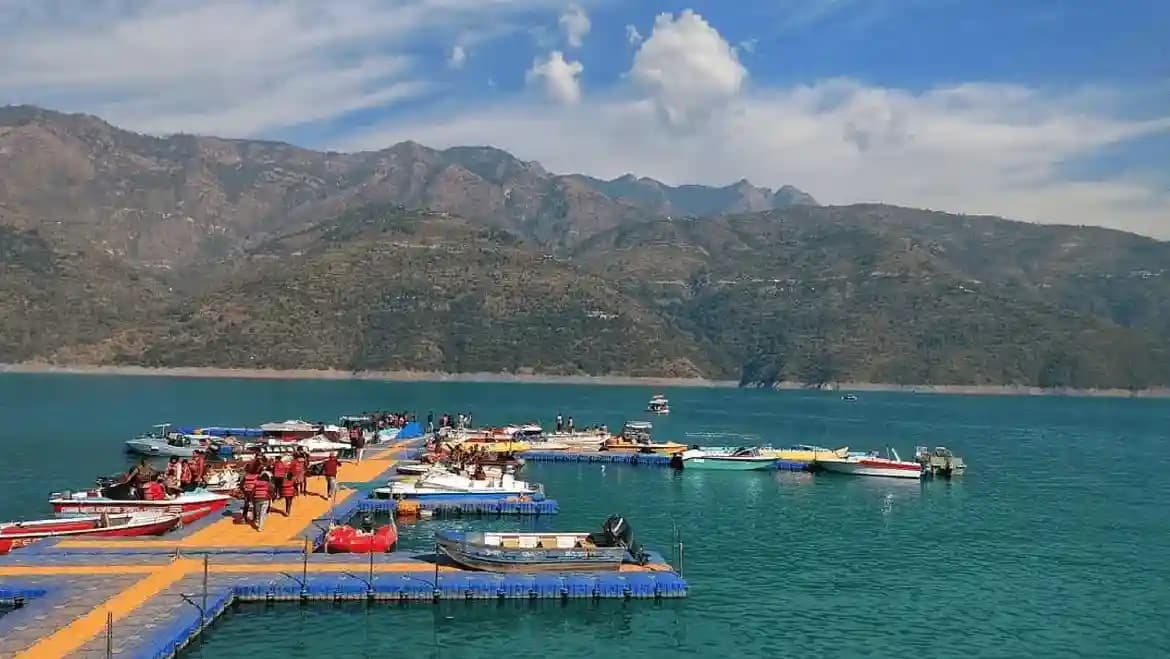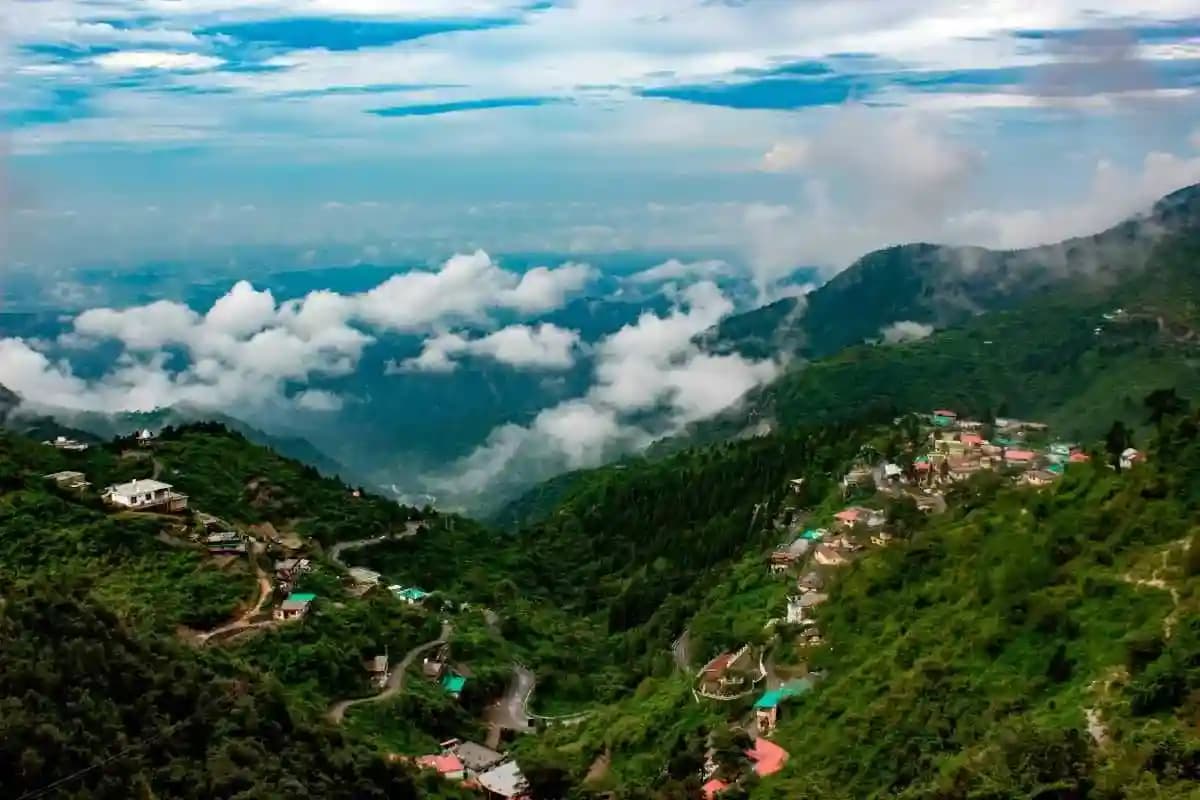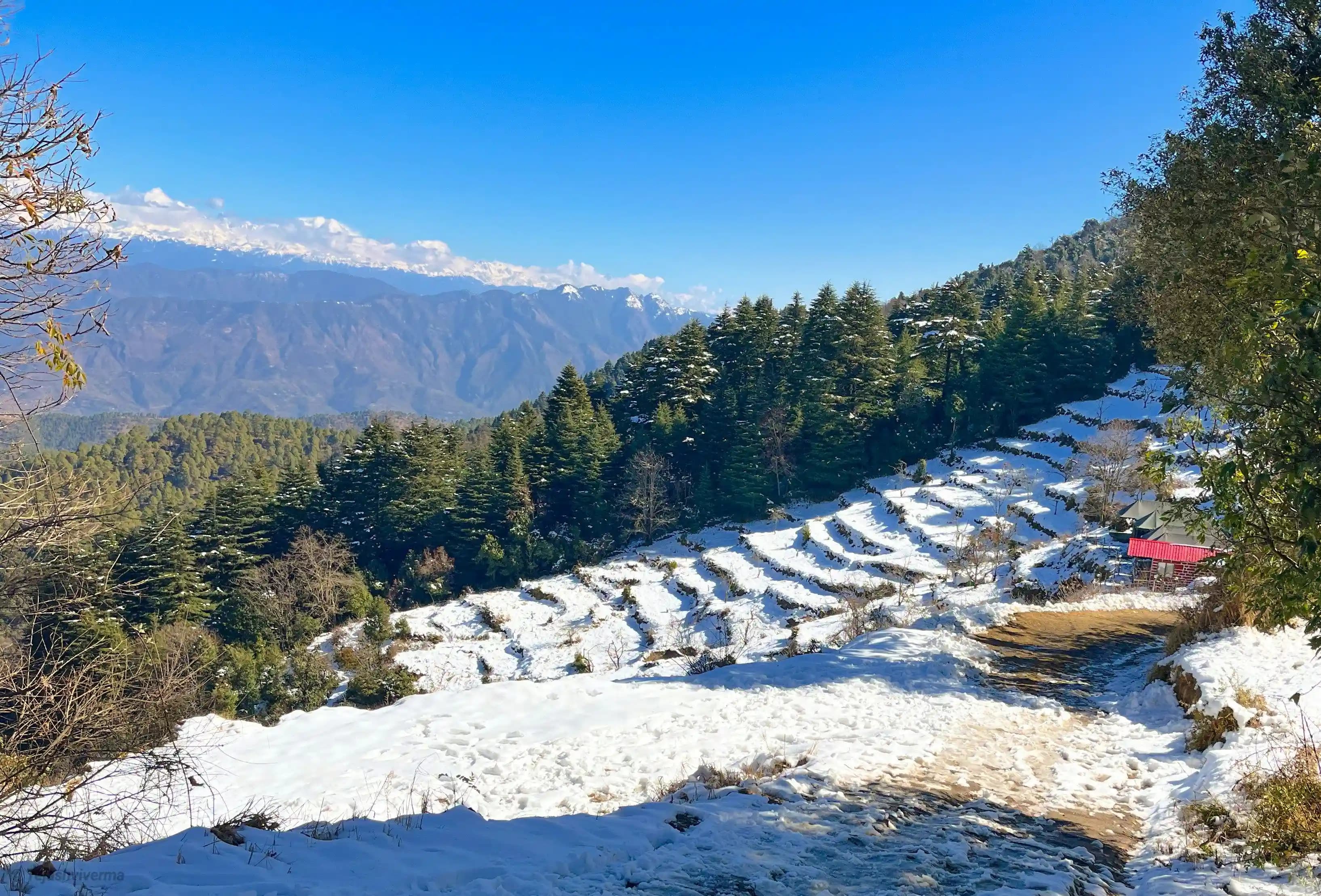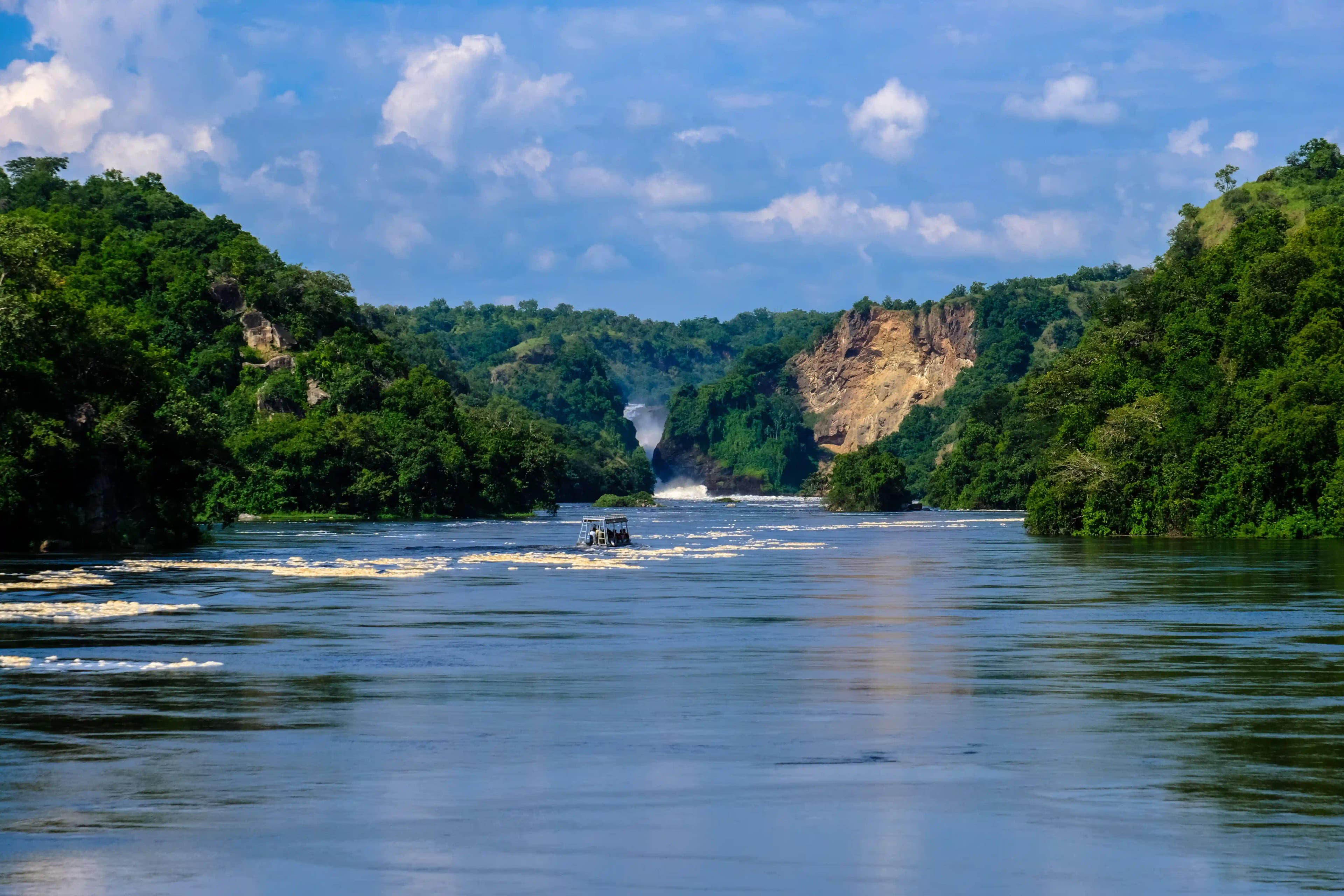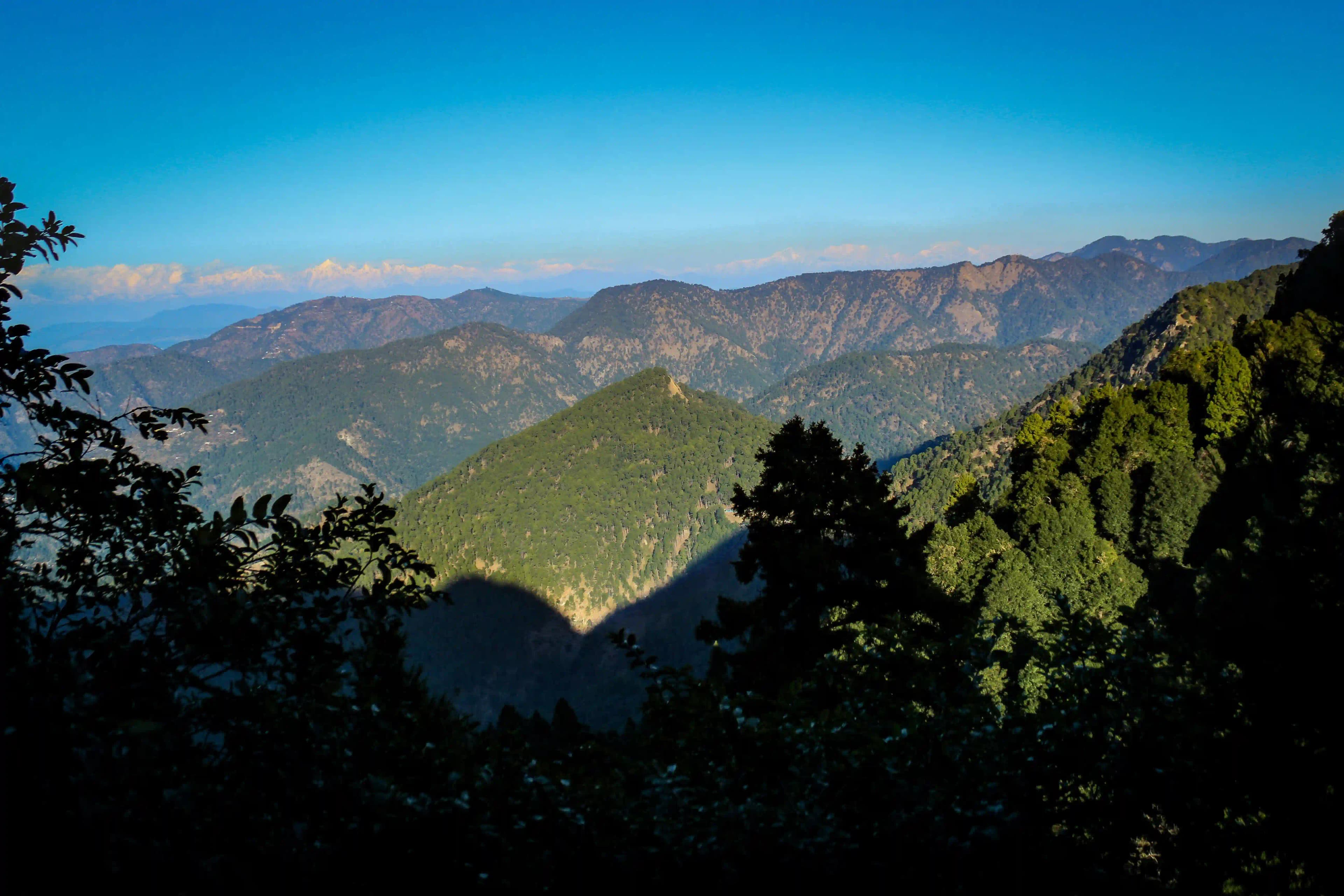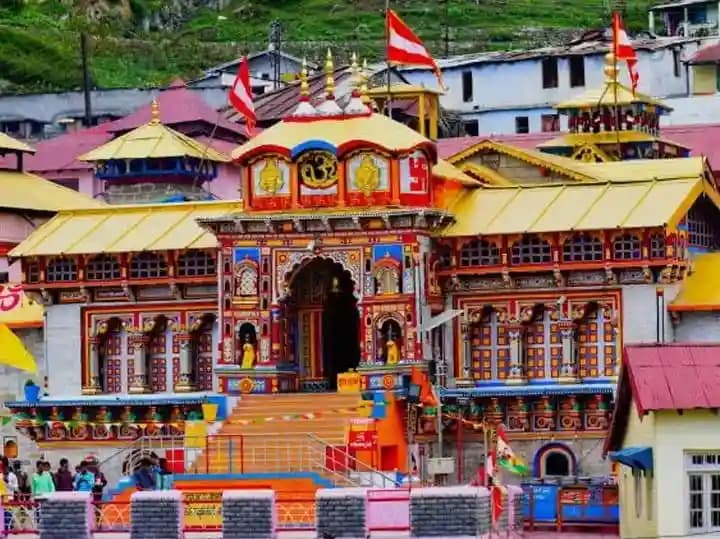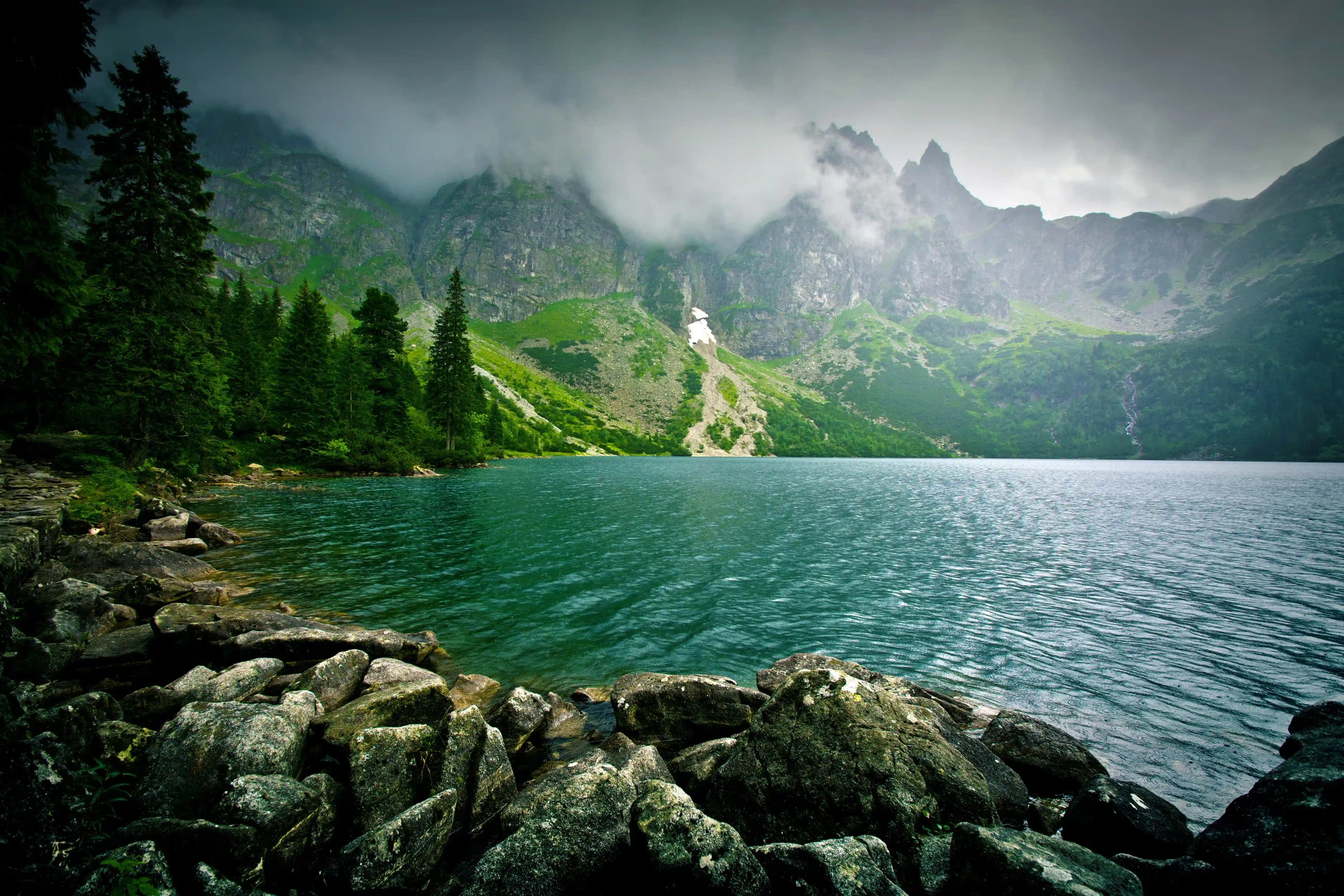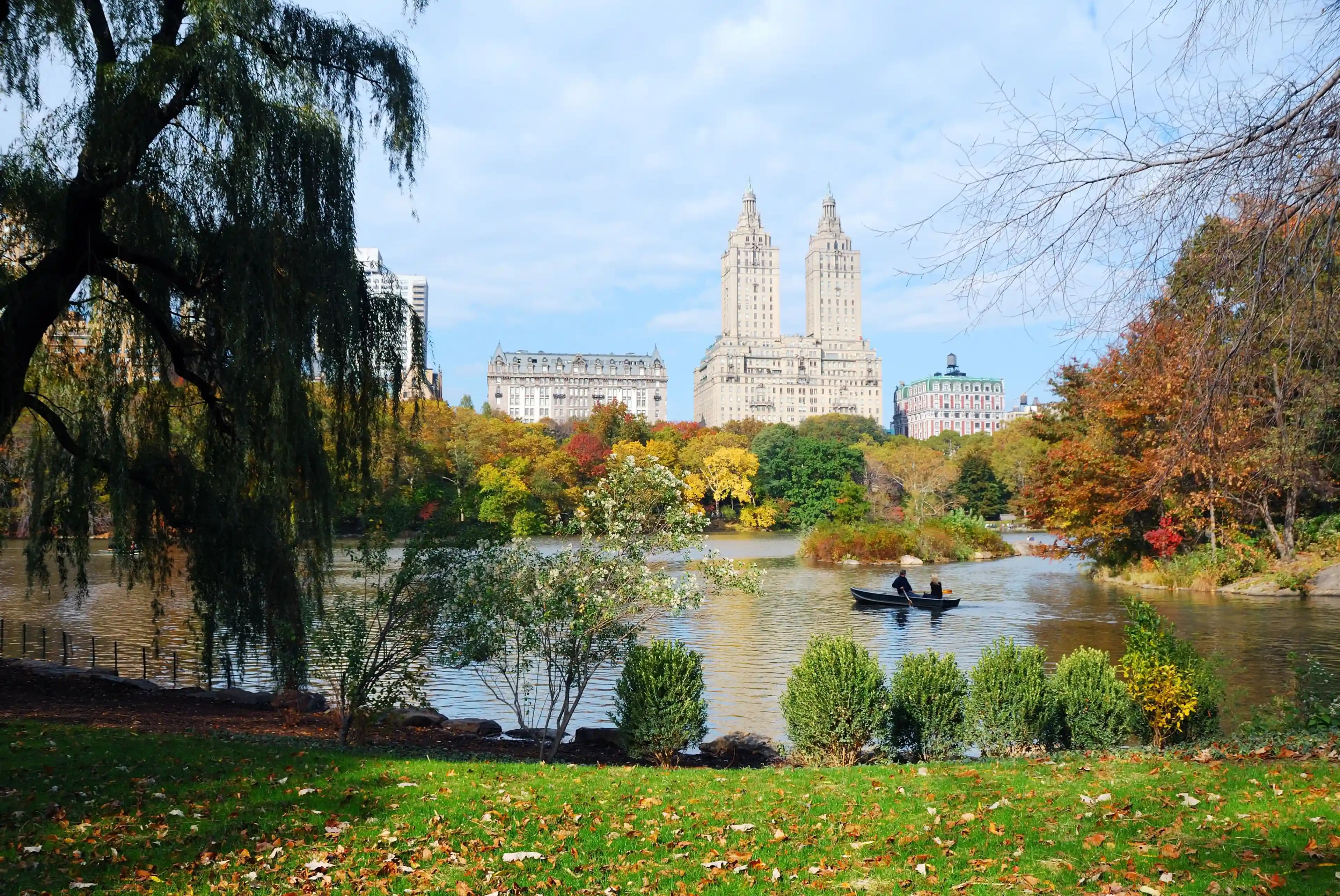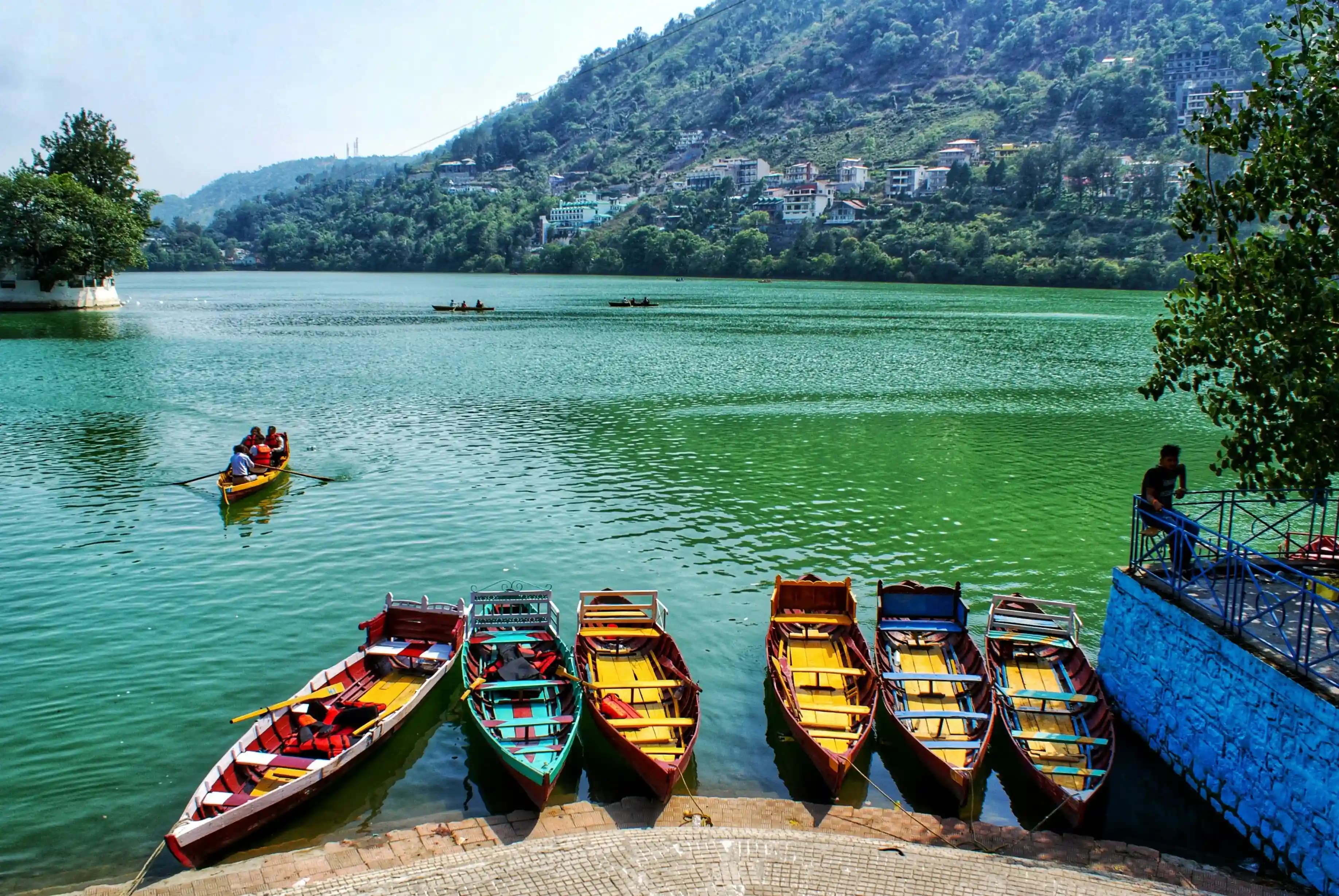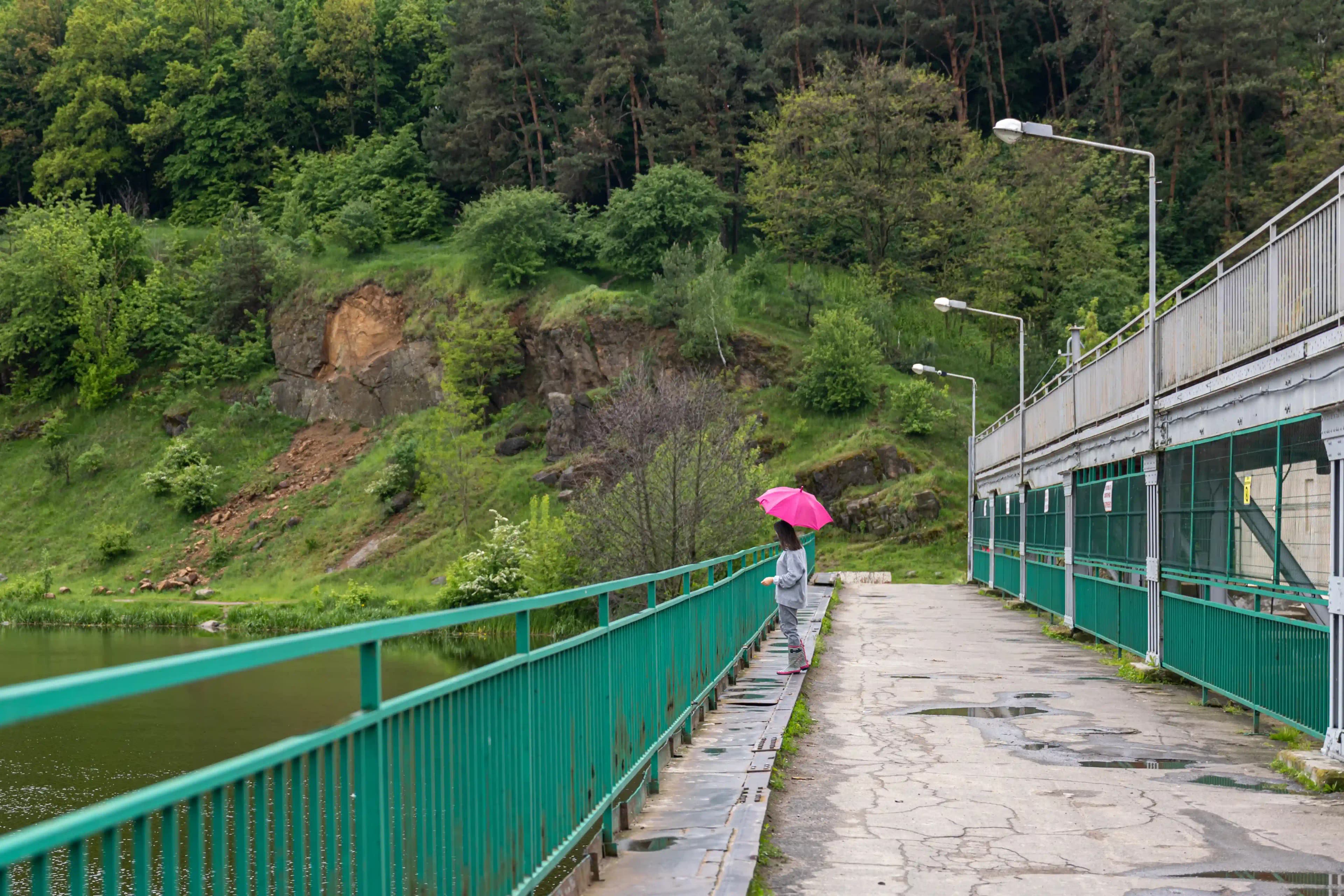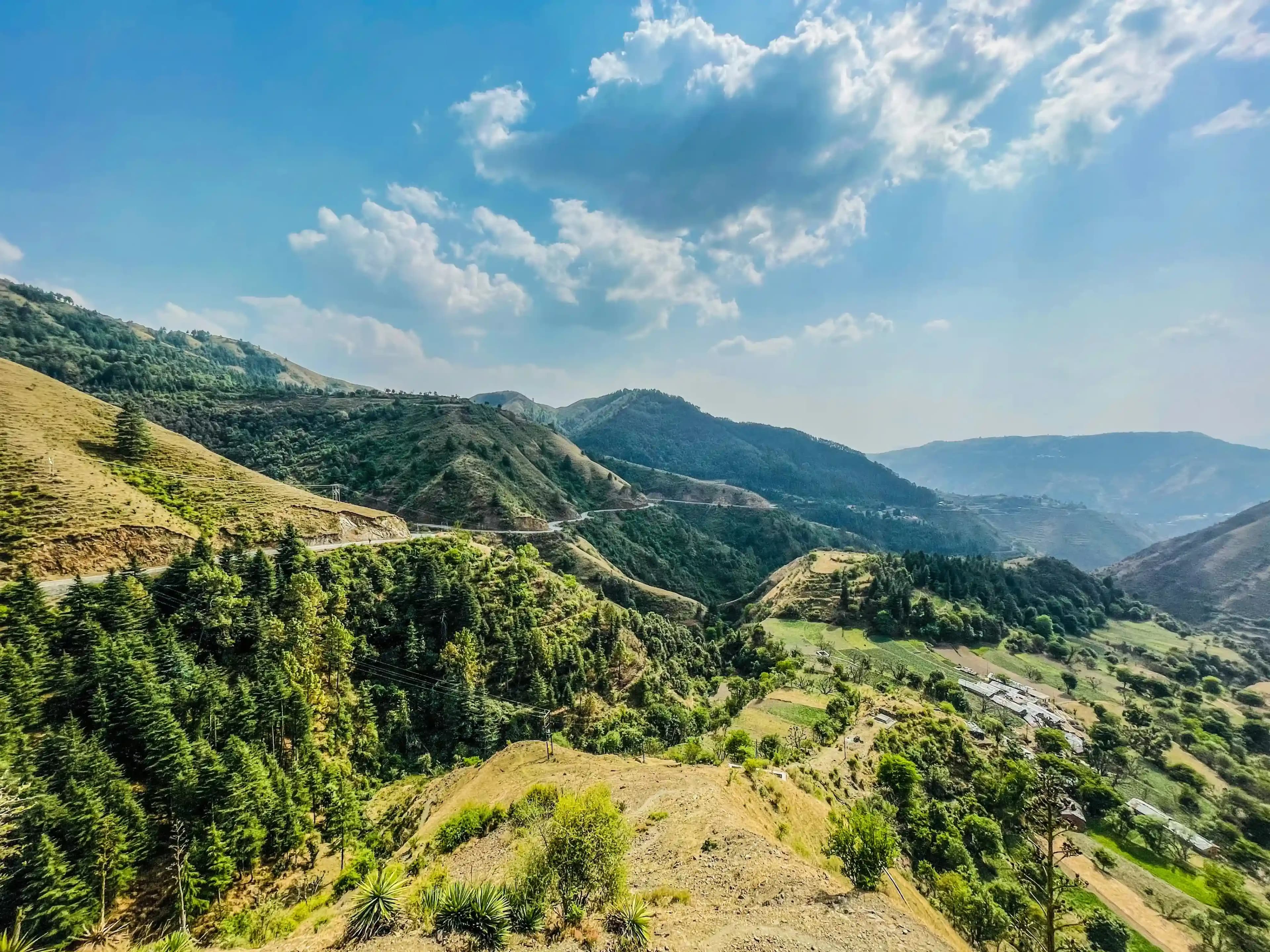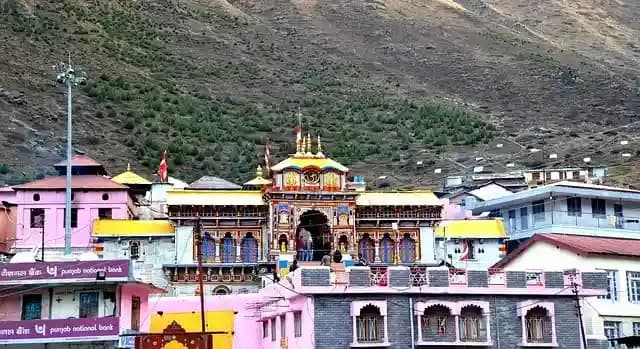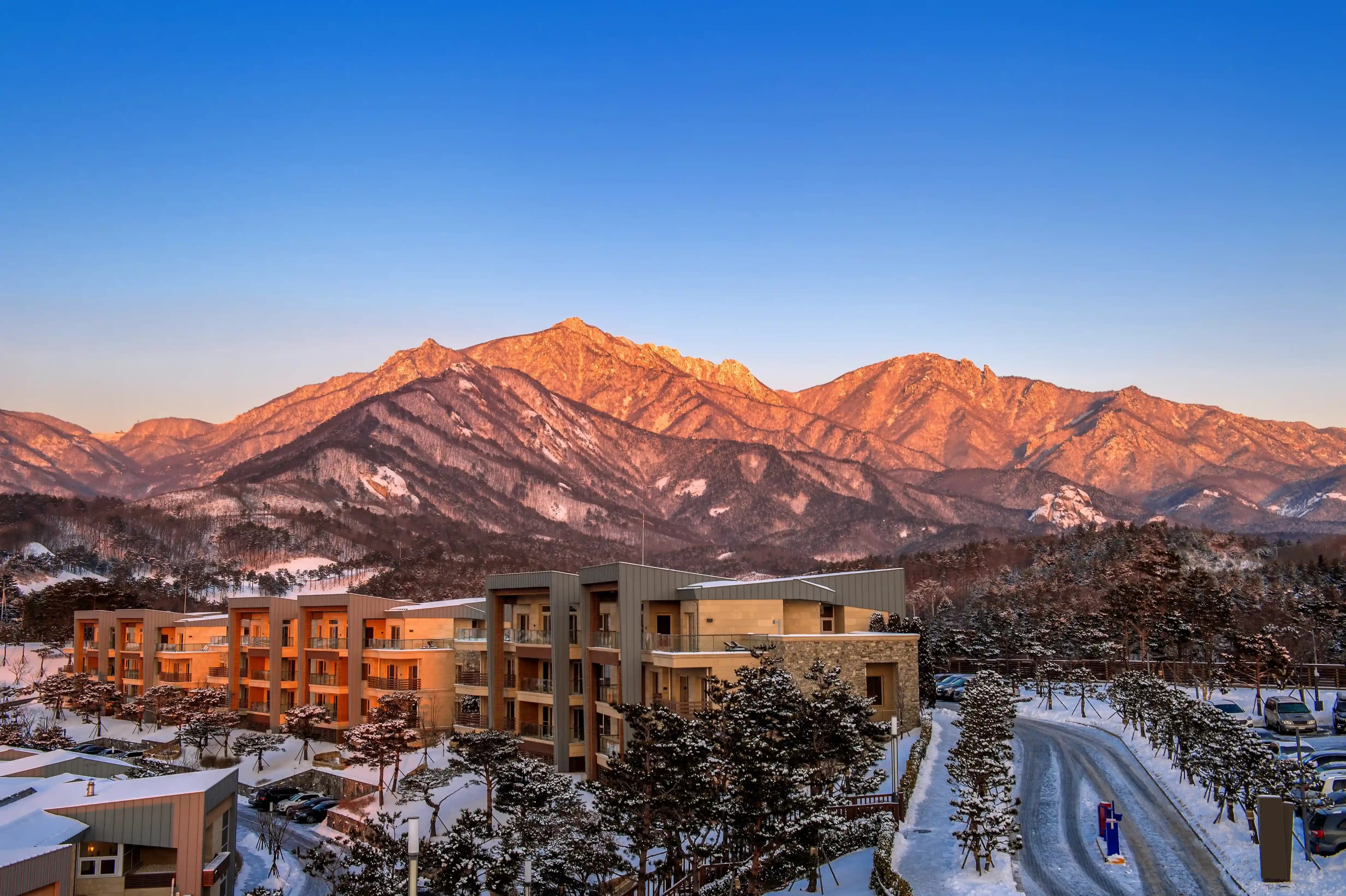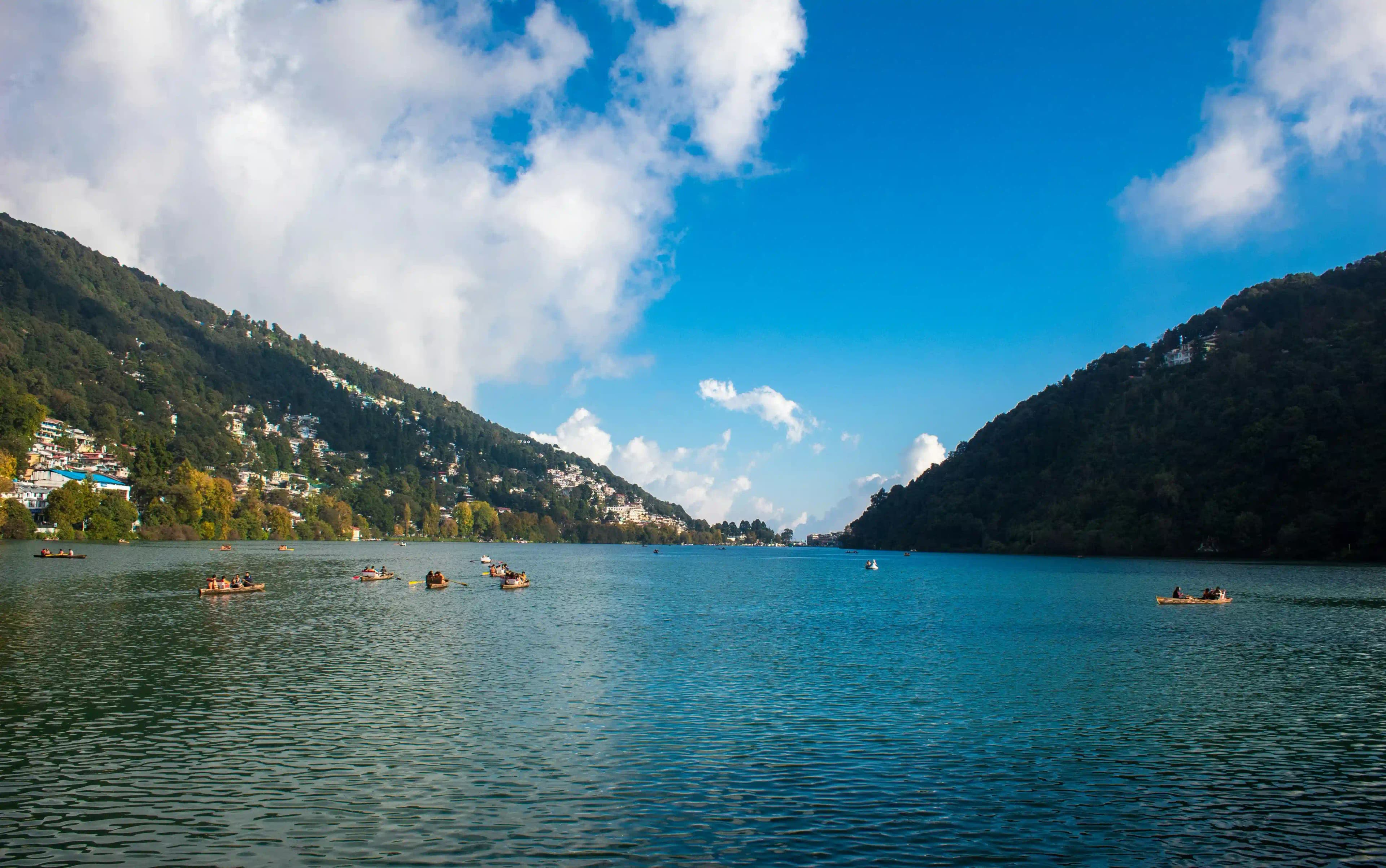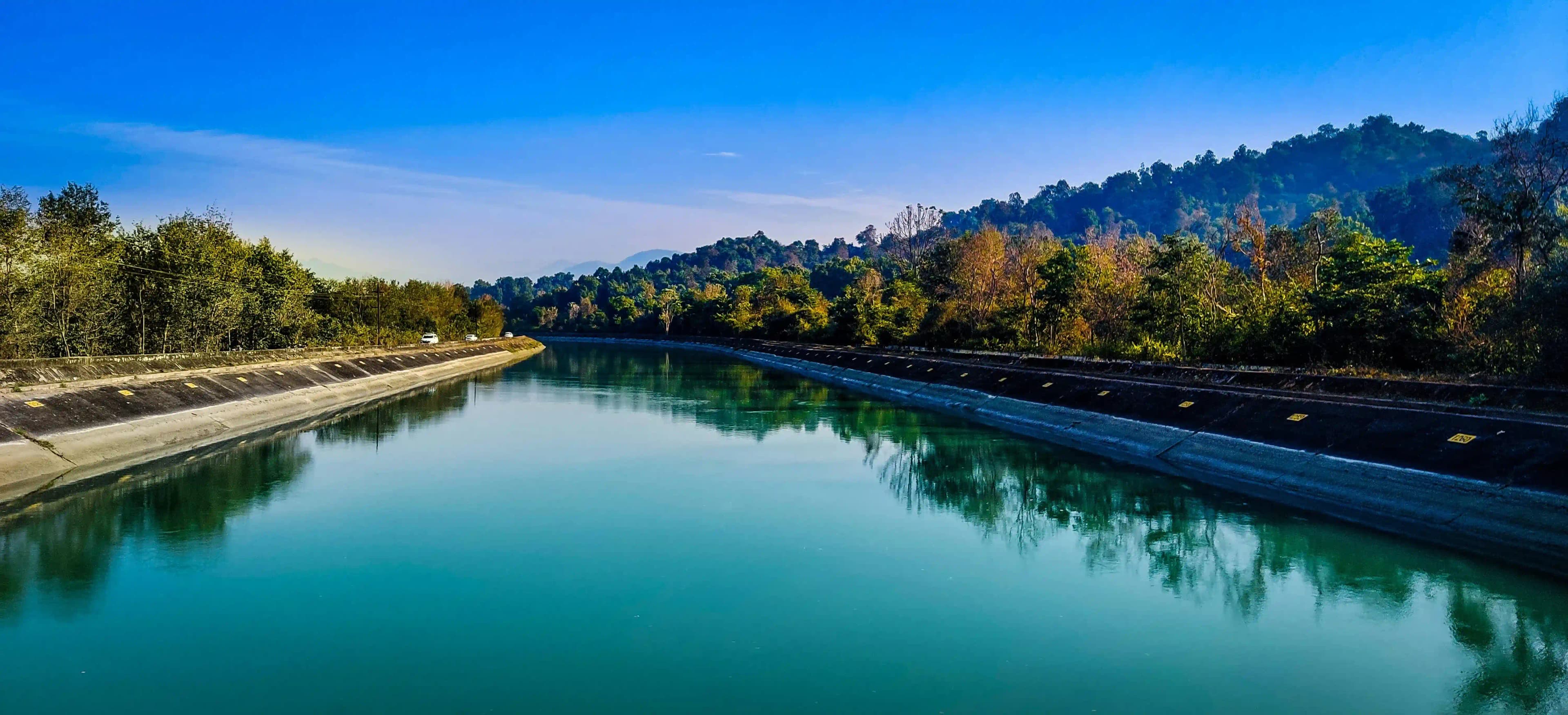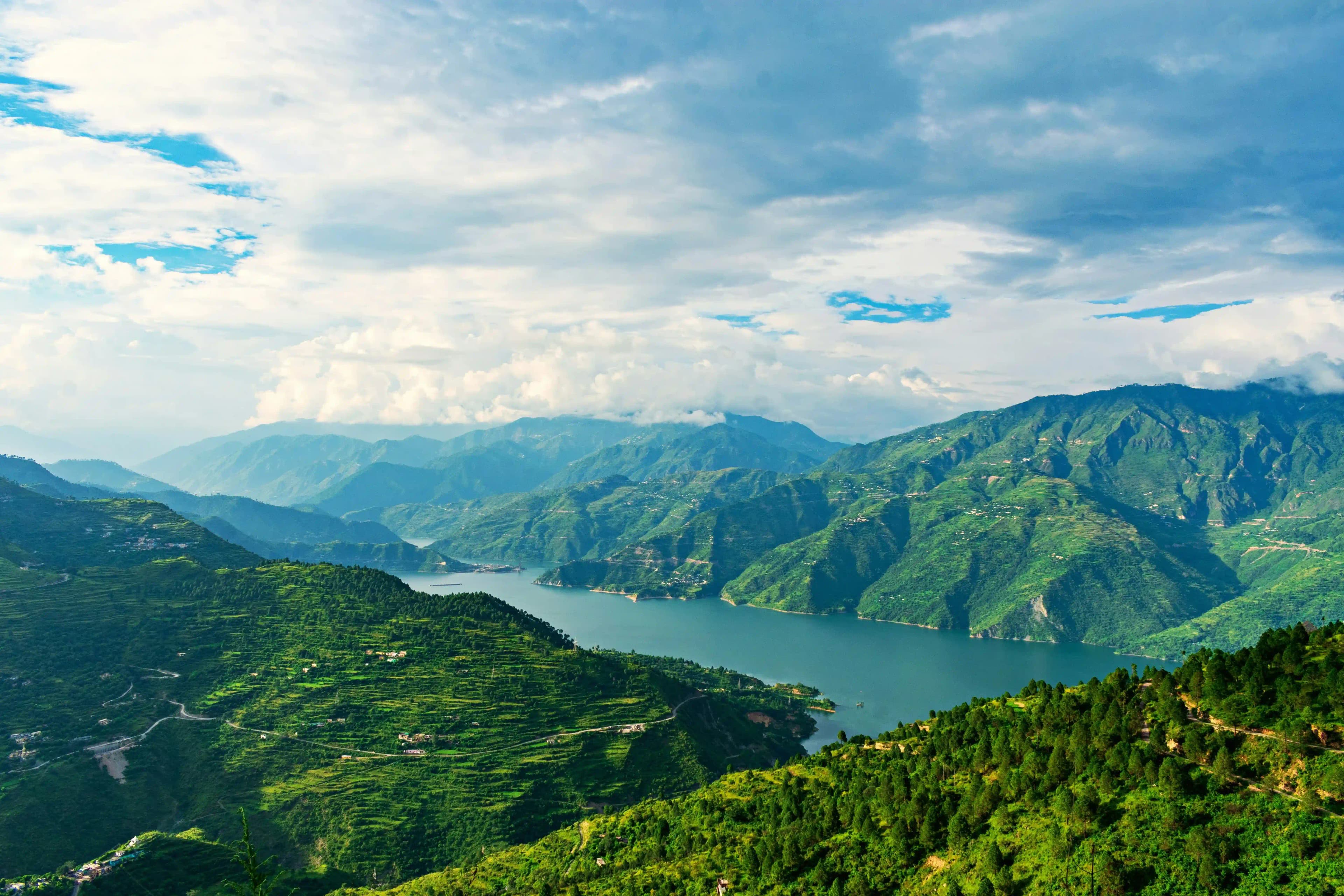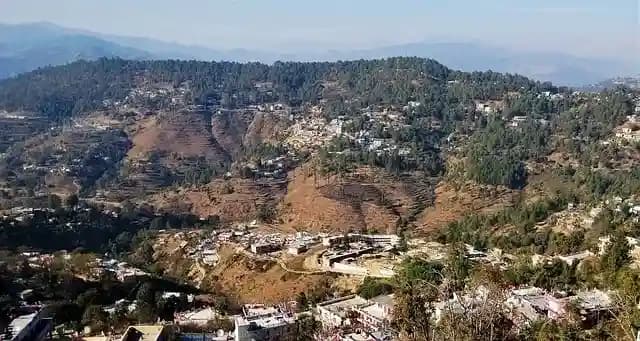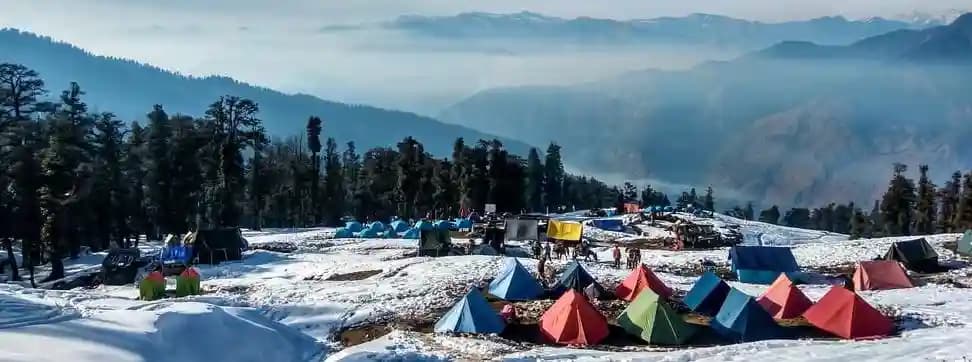Millions of devotees together with nature enthusiasts flock to the Gangotri Temple every year which stands within the majestic Himalayan peaks. The traditional Gangotri temple establishes its home in Gangotri town Uttarakhand where it serves as both a pilgrimage destination and manifestation of a spiritual connection between people and nature. Hindu devotees consider the temple sacred because it stands on the divine location from which the holy Ganges River emerges. The Gangotri Temple history is steeped in mythology, with legends of King Bhagiratha’s penance and Lord Shiva’s divine intervention. Whether you seek spiritual solace, wish to explore the rich Gangotri Temple history, or simply want to soak in the serene beauty of the Himalayas, this temple offers an experience that is both profound and unforgettable.
Gangotri Temple: A Sacred Abode in the Himalayas

The Gangotri Temple establishes itself as a holy pilgrimage location in India within the peaceful Himalayan mountains. This ancient temple worships Goddess Ganga as the holiness of the sacred Ganges river in the Uttarakhand district of Uttarkashi. Through its religious ceremonies, visitors gain spiritual connexions while experiencing this temple as the representation of divine natural and purity connexions. The Gangotri Temple welcomes spiritual seekers who want to experience both natural splendour and spiritual retreats.
Suggested read: Unveiling Mysterious Temples In India: Whispers Of Past
The Historical Significance of Gangotri Temple

Hindu mythology and history recognise the Gangotri Temple as a sacred place of great importance. According to myth, Ganga chose this mountain spot to descend from heaven so she could purify the ancestors of King Bhagiratha. At the beginning of the early 18th century, a Gorkha commander named Amar Singh Thapa established the temple to serve as a sacred religious centre for the worship of millions of devotees. The Char Dham Yatra pilgrimage in Uttarakhand takes Gangotri Temple as its foundation because this place maintains deep roots in the origin storey of the Ganges River.
The Spiritual and Mythological Importance of Gangotri Temple

The Gangotri Temple is not just a place of worship but a symbol of faith and devotion. Happy pilgrims who visit this sacred spot believe they obtain spiritual purification which leads to obtaining salvation. Cape Gangotri Temple stands sacred because it faces mountains with snow on their peaks and lush vegetation around it. The spiritual journey at Gangotri Temple merges into a self-discovery path because the flowing Bhagirathi River mixes with crisp mountain air and the serene environment to produce an atmosphere fostering spiritual devotion.
Suggested Read: Biggest Temples Of India: Wonders Of Faith
The Architecture of Gangotri Temple

The Gangotri Temple is a fine example of traditional Himalayan architecture. Positioned against the Himalayan mountains the temple exists as a structure constructed from white granite stones. The simple yet refined architectural design of the temple represents both spiritual minimalism and divine purity related to Goddess Ganga. Among its sacred inner chamber, the sanctum sanctorum contains goddess Ganga's principal idol together with representations of gods Yamuna, Annapurna, and Lakshmi.
Gangotri Temple Timings and Rituals
The Gangotri Temple timings are designed to accommodate the flow of devotees while maintaining the sanctity of the rituals. The temple remains accessible to visitors between 6:15 AM to 8:00 PM during summer months although winter visitors can access it from 6:45 AM until 7:00 PM. The daily rituals include:
- Mangala Aarti: The daily worship takes place during the early morning hours to both awaken the deity and ask for divine blessings.
- Bhog: Bhog is presented as a sacred meal to the goddess during the afternoon hours.
- Sandhya Aarti: People perform this tradition at nighttime in order to worship and demonstrate their gratitude for the day.
Thousands of devotees join the celebration of temple festivals Ganga Dussehra and Diwali which the temple commemorates with intense enthusiasm.
Suggested Read: Exploring Brahma Temples In India: A Journey To The Worship Places
The Sacred Gangotri Dham Temple Complex

The Gangotri Dham Temple complex is more than just the main temple. The spiritual complex consists of multiple smaller temples and sacred shrines which possess deep religious importance. Various sacred spots exist inside the complex known as Gangotri Dham Temple.
- Bhagirath Shila: The rock serves as a memorial point to the meditation where King Bhagiratha brought the Ganges River to Earth.
- Gauri Kund: The site where Parvati meditated to gain the love of her future mate Lord Shiva.
- Surya Kund: A natural hot water spring near the temple, believed to have healing properties.
These sites add to the spiritual richness of the Gangotri Temple experience, making it a holistic pilgrimage destination.
How to Reach Gangotri Temple
Reaching the Gangotri Temple is an adventure in itself. Numerous options lead pilgrims to this sacred religious location as follows:
- By Air: Gangotri can be accessed through Jolly Grant Airport in Dehradun at a distance of 250 kilometres. After landing at the airport visitors may choose either taxi service or bus transportation to reach Gangotri.
- By Train: Rishikesh serves as the nearest railway station from Gangotri and it stands approximately 234 kilometres away. Travellers can reach major cities by regular train service from Rishikesh. Visit Rishikesh first to choose between taxi rental or bus services that lead to Gangotri.
- By Road: Major Uttarakhand cities can reach Gangotri through its well-established road network. Public buses together with private taxi services operate between Rishikesh, Haridwar and Dehradun. Pilgrims along with guests benefit from remarkable Himalayan mountain scenery which enhances their trip to the area.
Suggested Read: Discover The Timeless Charm Of Hadimba Temple, Manali
Best Time to Visit Gangotri Temple
The best time to visit the Gangotri Temple is during the summer months of May to June and the early autumn months of September to October. Visitors can find favourable weather conditions at the temple during these months while still having access to it. The temple shuts its doors in the winter season when excessive snowfall occurs so the idol of Goddess Ganga is transported to Mukhimath which is a nearby village to Uttarkashi for continuous worship.
Rules and Guidelines for Visiting Gangotri Temple
To maintain the sanctity of the Gangotri Temple, visitors are expected to follow certain rules and guidelines. These include:
- Dress Code: Modest clothing is required. Wear appropriate clothing such as lengthy garments and covered upper arms instead of short pants and sleeveless tops or exposing clothing.
- Food Restrictions: The grounds of this temple forbid both the consumption of meat food and alcoholic drinks.
- Photography: Worshippers are not allowed to capture photographs within the temple premises. Visitors must honour both the religious practices and traditional customs that exist inside the temple.
- Silence: Maintain silence and avoid loud conversations to preserve the spiritual atmosphere.
Suggested Read: Bhimashankar Temple: Divine Escape Near Pune And Mumbai
Nearby Attractions to Explore
While visiting the Gangotri Temple, there are several nearby attractions that you can explore to make your trip even more memorable:
- Gaumukh Glacier: The journey starts from Gangotri at about 18 km distance from where the Ganges River draws its water source. The trekking site attracts a large number of visitors.
- Kedar Tal: It is the perfect place for adventure enthusiasts as it is surrounded by snow-clad peaks and is a high-altitude glacial lake.
- Harsil Valley: An apple orchard valley with a picturesque landscape, situated about 25 miles away from Gangotri.
These attractions enhance the overall experience of visiting the Gangotri Temple, making it a spiritual and adventurous journey.
Tips for a Hassle-Free Visit to Gangotri Temple
To ensure a smooth and fulfilling visit to the Gangotri Temple, here are some useful tips:
- Plan Ahead: Review both weather and temple operational hours before finalising your travel arrangements.
- Carry Essentials: You should bring warm garments and comfortable footwear together with essential medications because temperature conditions may surprise you.
- Stay Hydrated: Drinking water at high altitudes becomes essential because dehydration is common. Therefore one must bring a water bottle to stay well hydrated.
- Respect Local Customs: Follow the temple rules and respect the local culture and traditions.
Conclusion
Gangotri Temple in Gangotri, Uttarakhand exists beyond its status as a holy site since it serves as a holy refuge that lets worshippers touch the divine nature of the Himalayas. The experience at Gangotri Temple provides transcendence through spiritual connection as well as natural serenity and divine blessings which create everlasting memories for all visitors. The historical peaks and holy Ganges waters provide people with peace and fulfilment at the Gangotri Temple which remains present in individuals even after their trip ends. Visiting Gangotri Temple encompasses more than a regular travel experience since it provides a spiritual passage into the sacred essence of devotion.
Frequently Asked Questions
1. What is special about Gangotri Temple?
The Gangotri Temple holds great spiritual importance as the source of the holy Ganges River. It is a major pilgrimage destination in the Char Dham Yatra and is set against stunning Himalayan scenery, providing a peaceful and divine atmosphere.
2. Which god is in Gangotri Temple?
The Gangotri Temple is dedicated to Goddess Ganga, who represents the sacred Ganges River. Additionally, the temple features idols of other deities such as Yamuna, Annapurna, and Lakshmi.
3. How old is Gangotri Temple?
The Gangotri Temple was constructed in the early 18th century by Gorkha commander Amar Singh Thapa. However, its spiritual importance traces back to ancient times, deeply embedded in Hindu mythology.
4. Which river flows from Gangotri?
The Bhagirathi River, which eventually becomes the Ganges, originates from the Gangotri Glacier located near the temple. This holy river is believed to cleanse the soul and remove sins.
